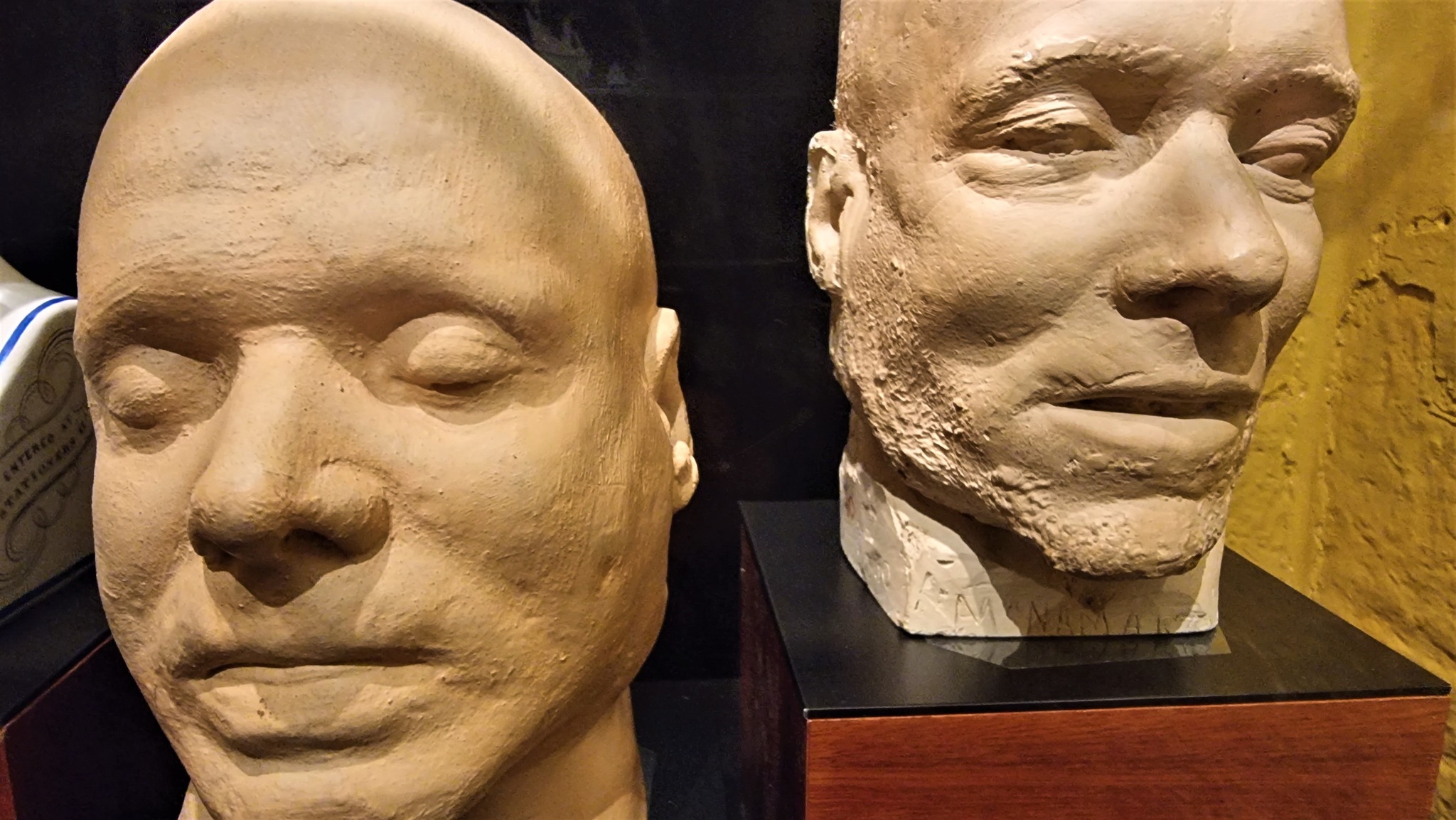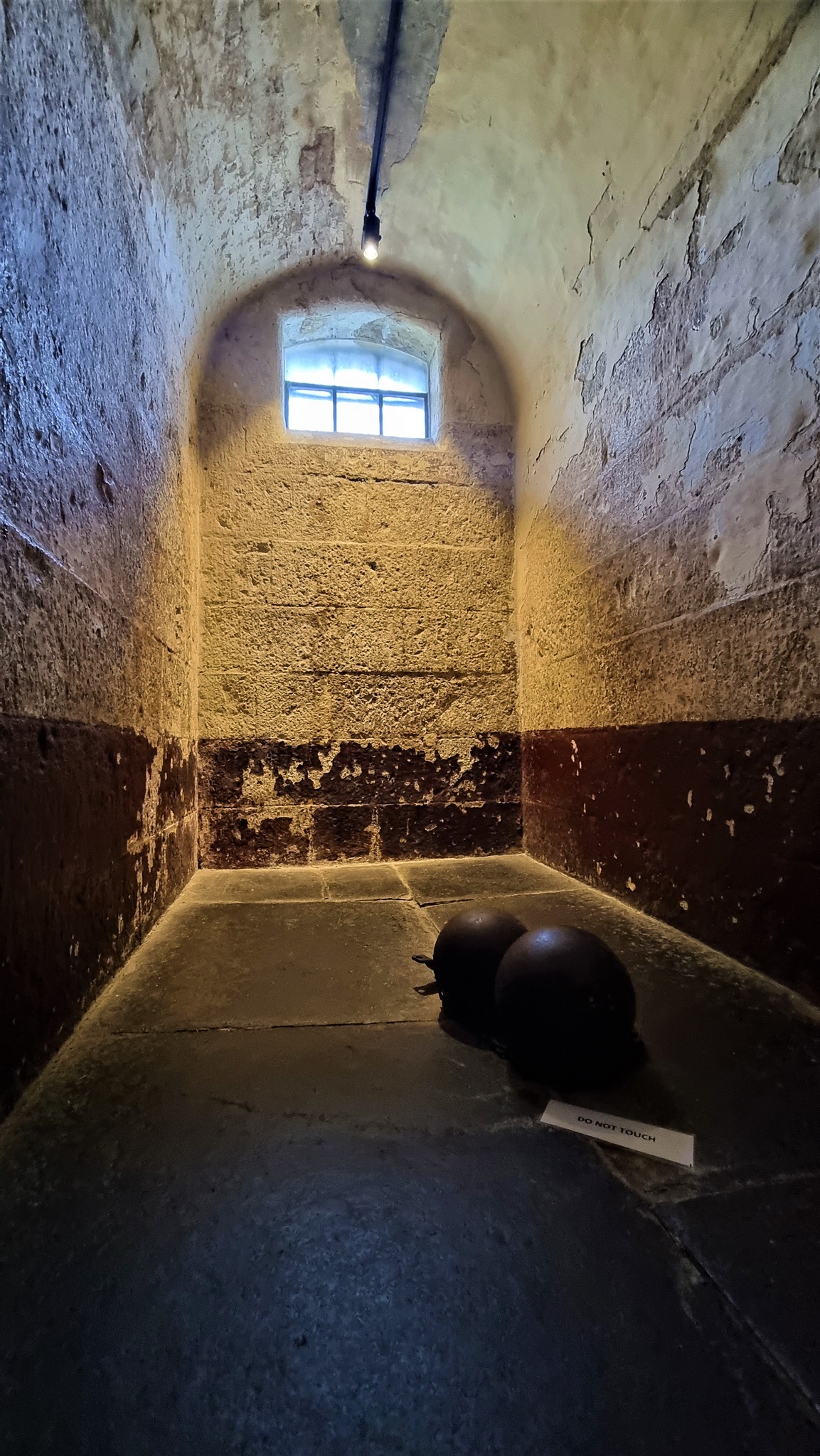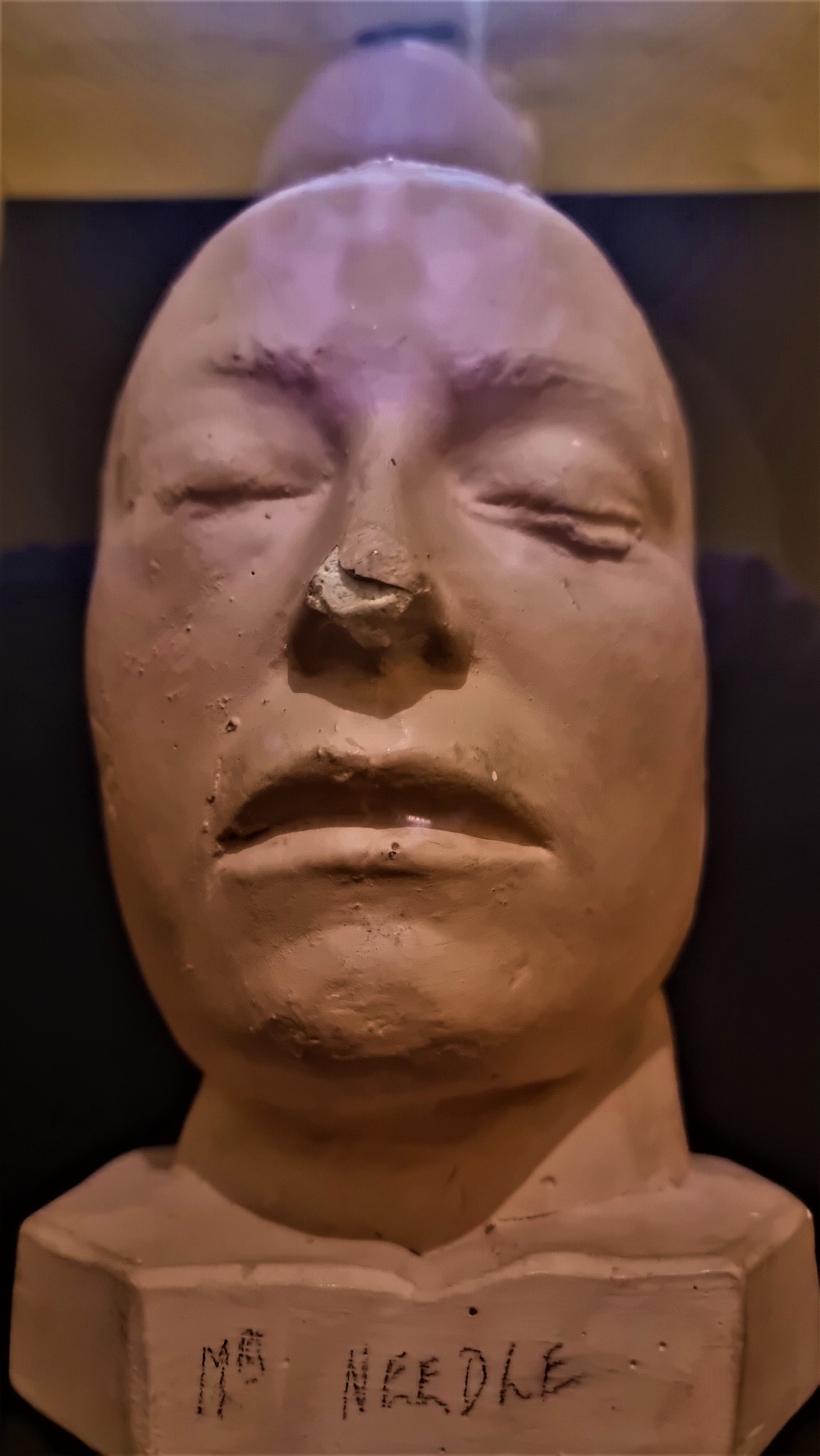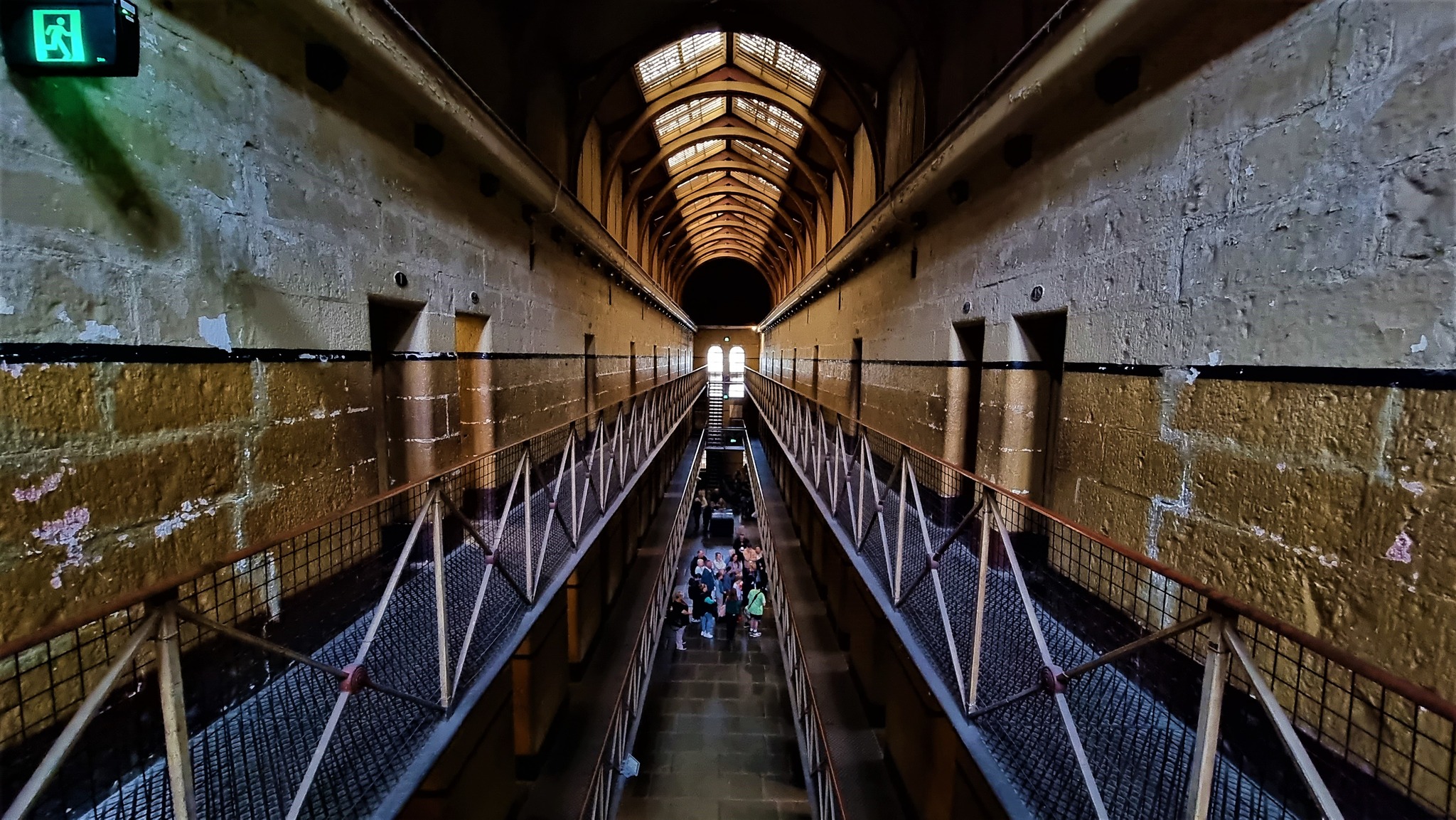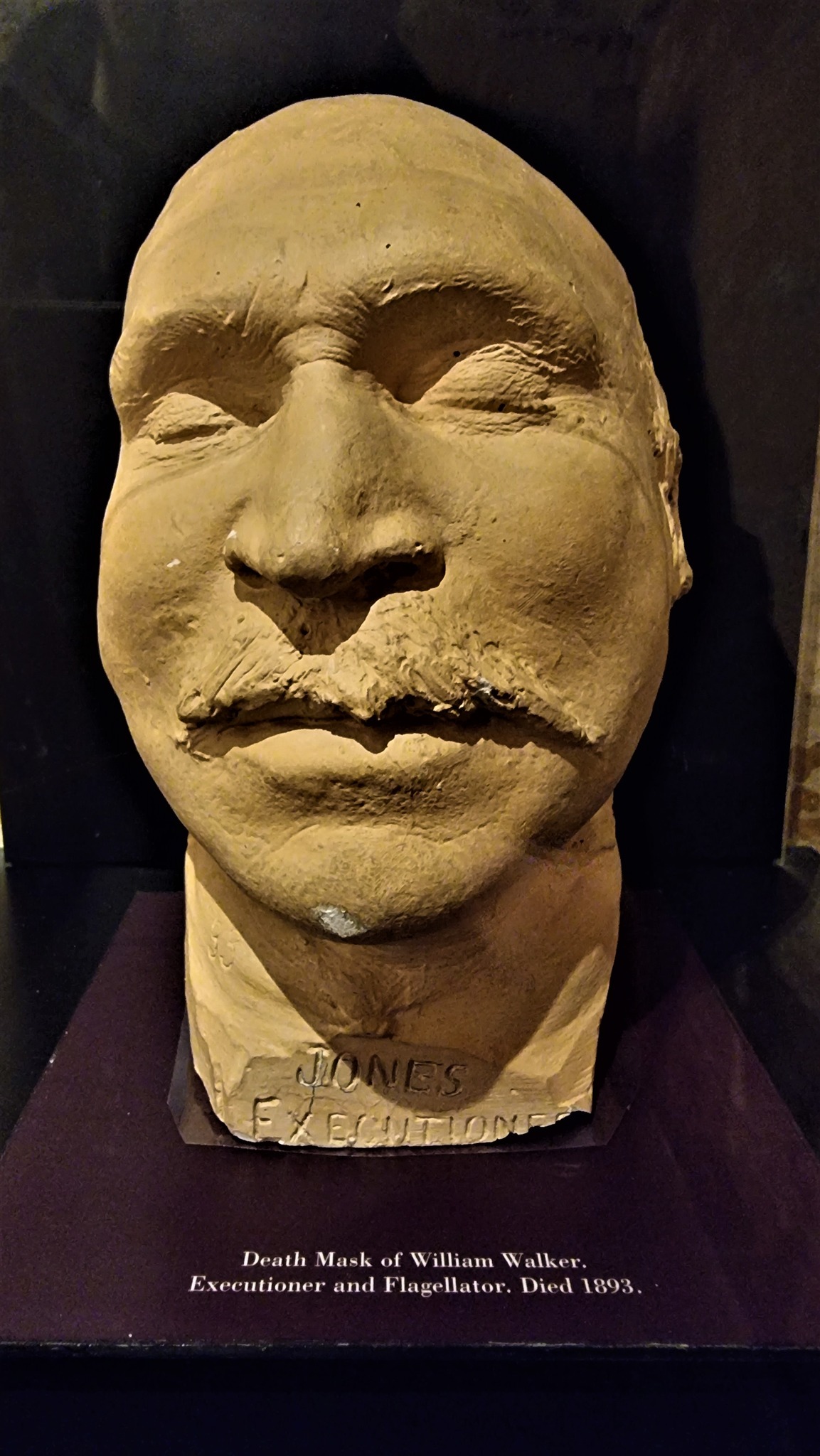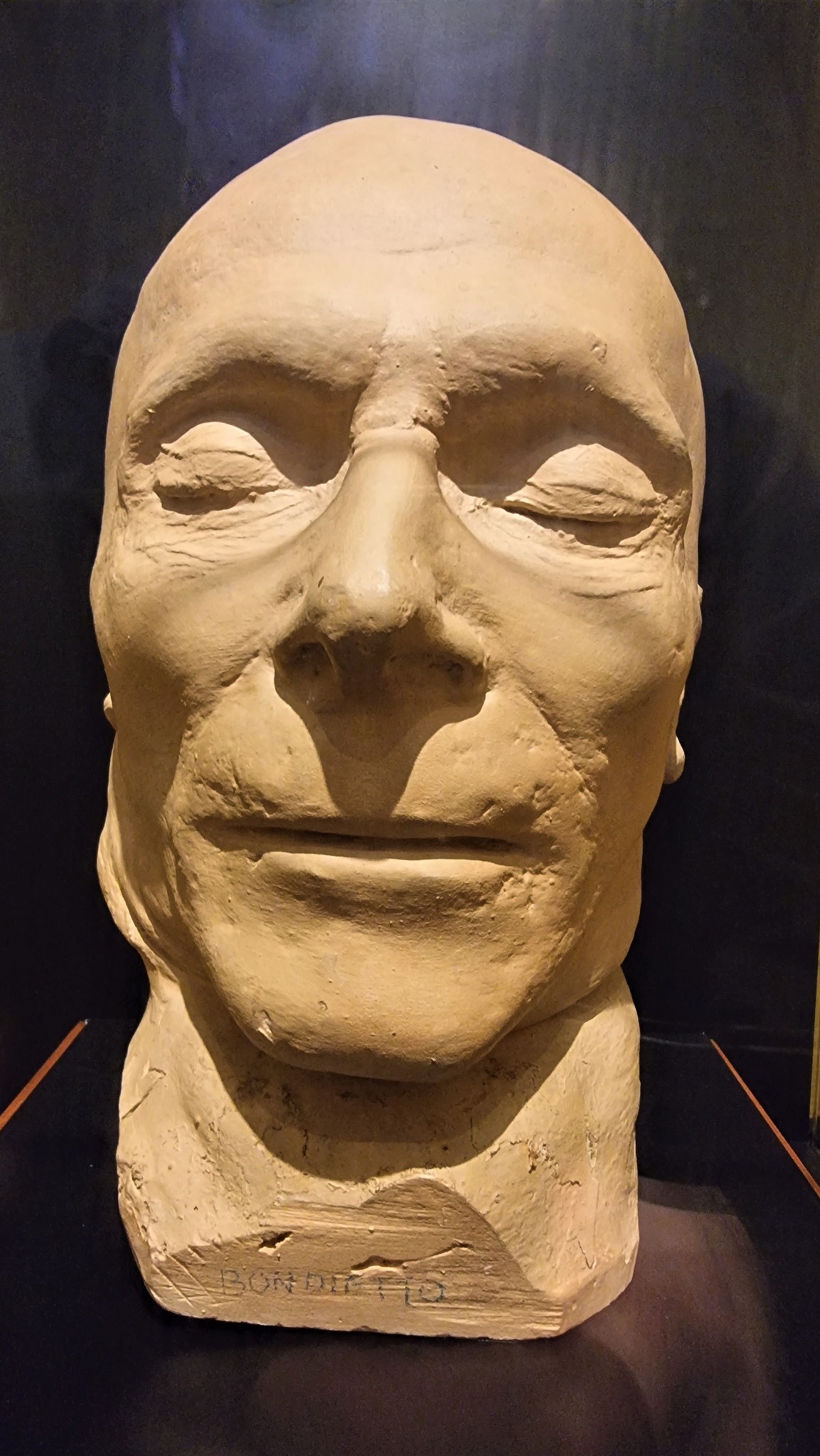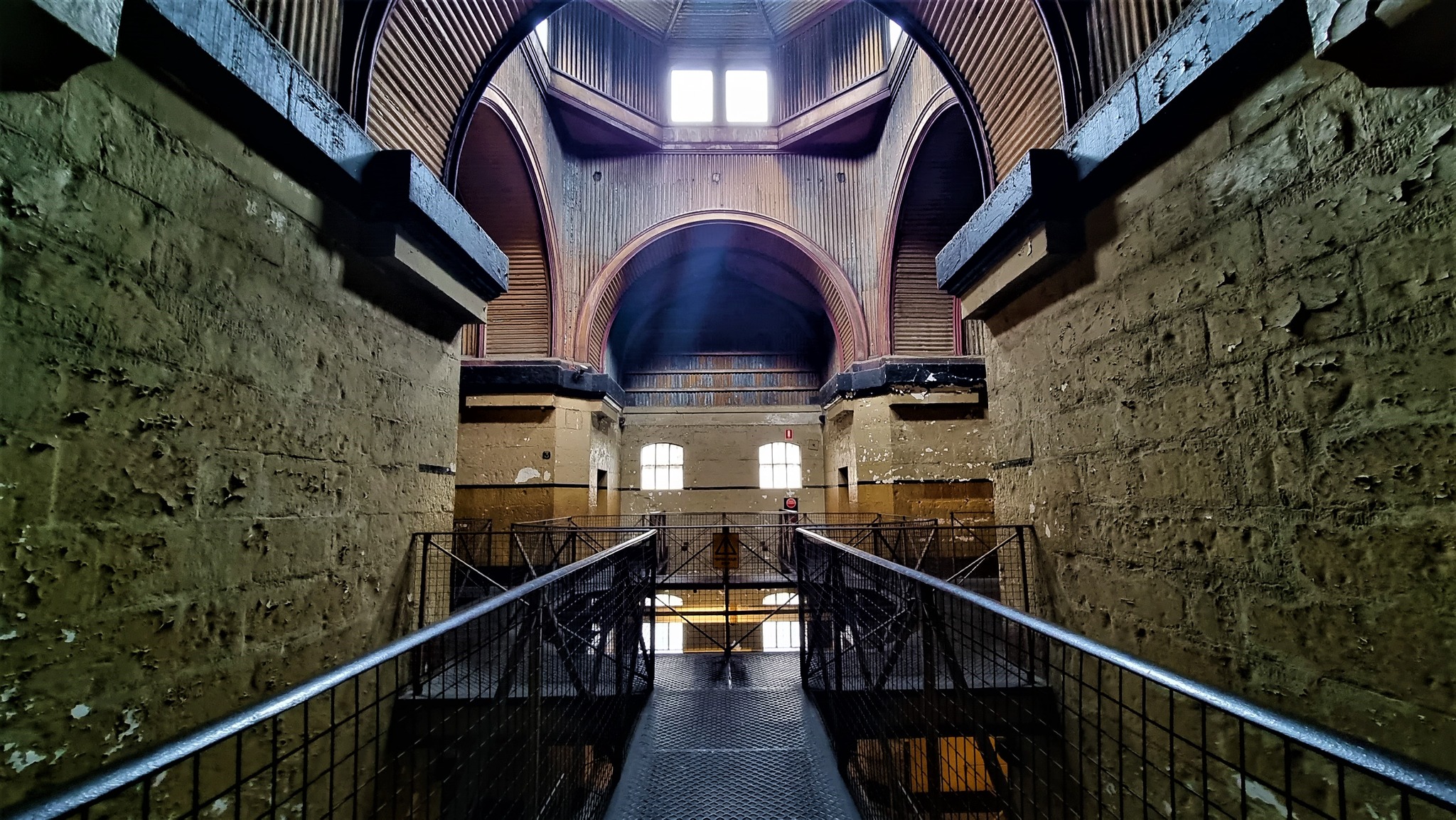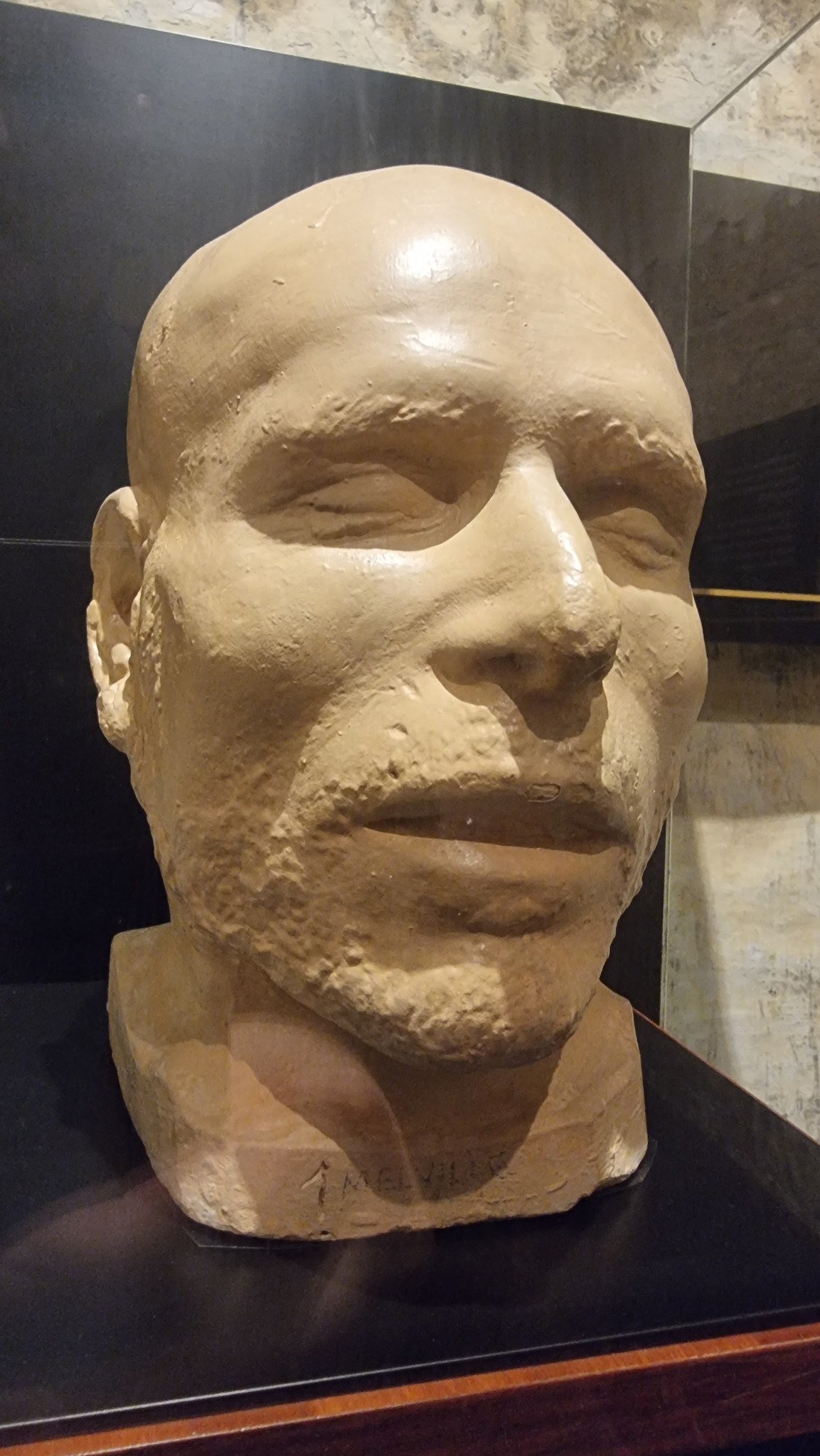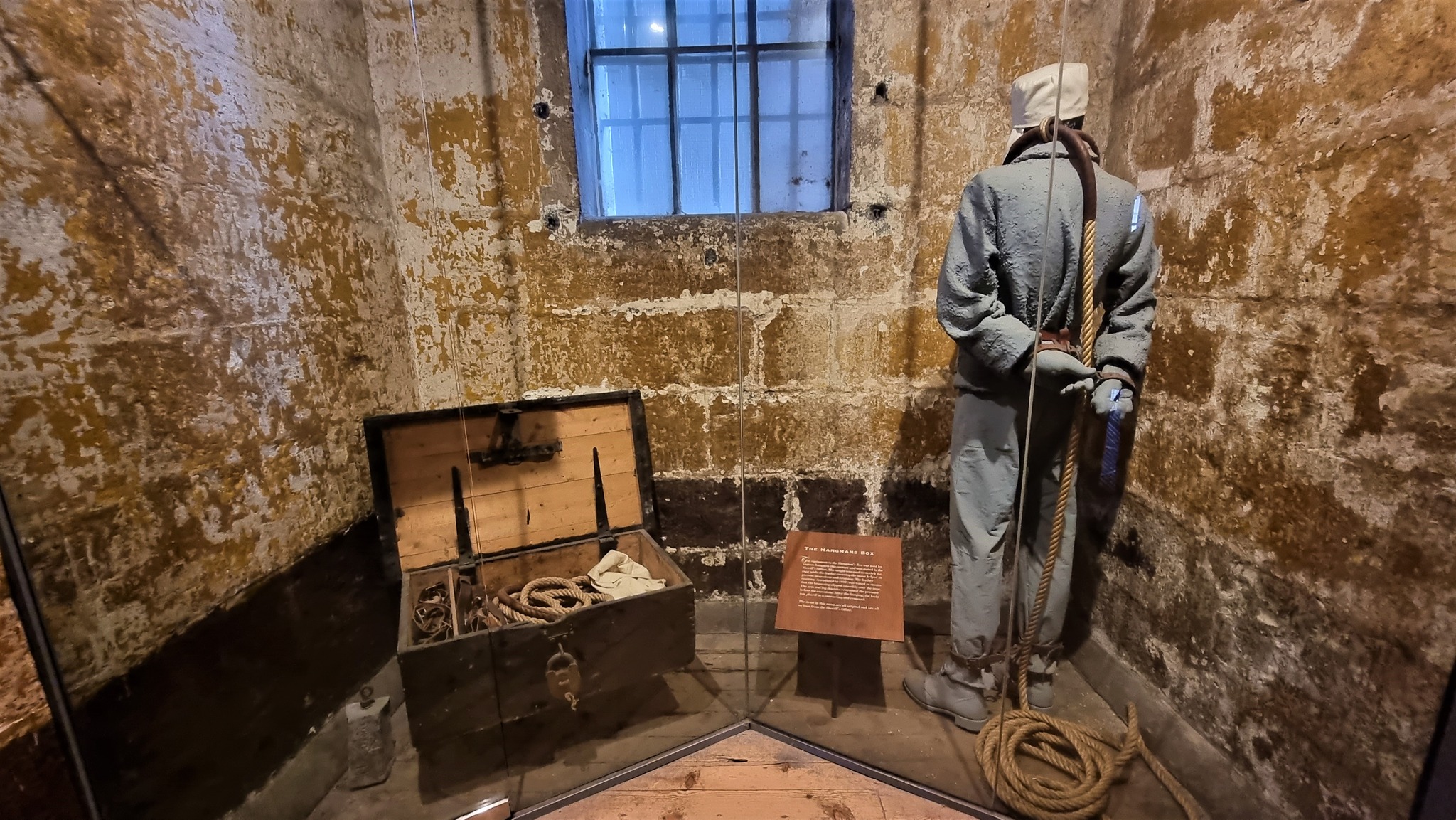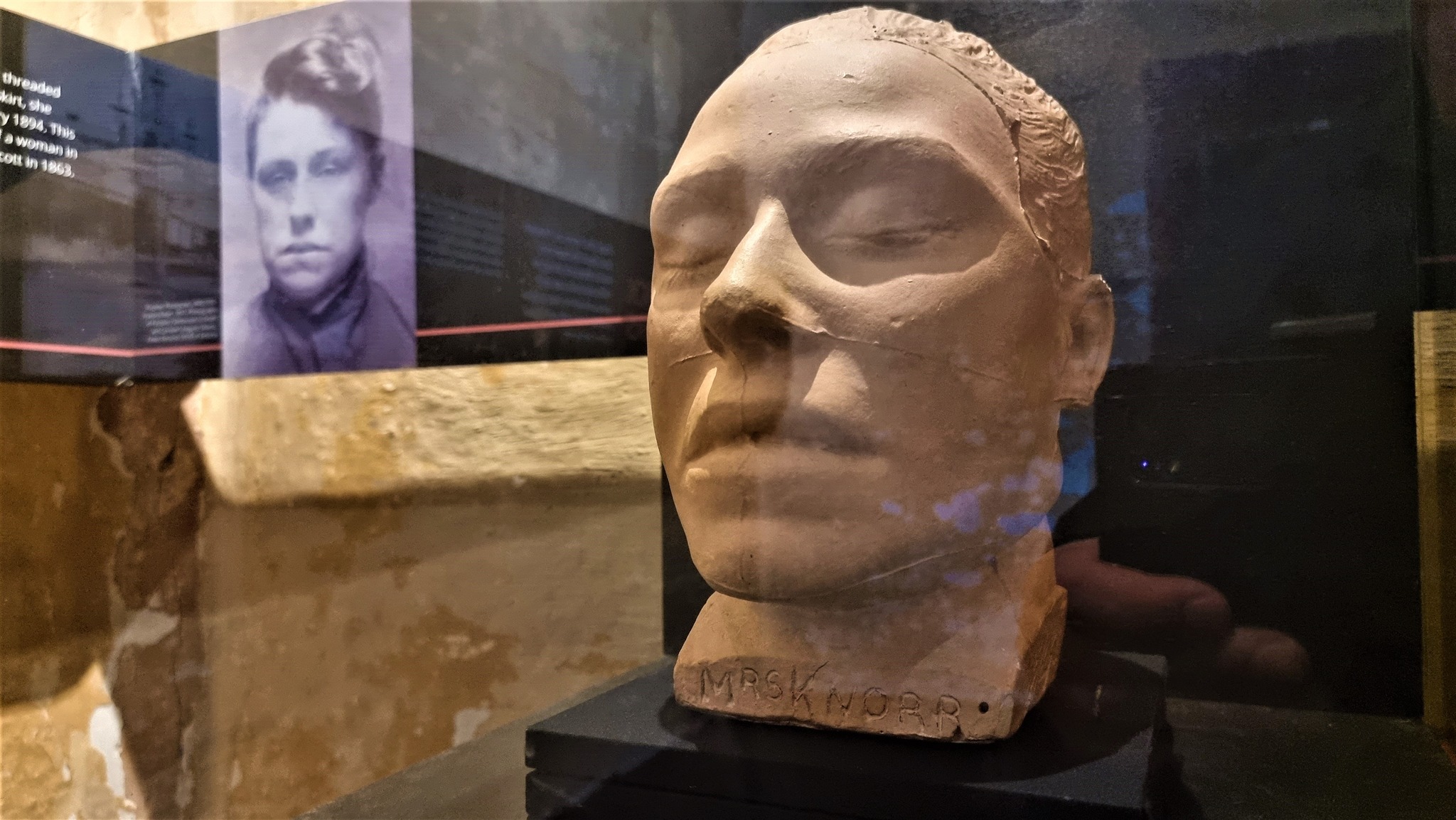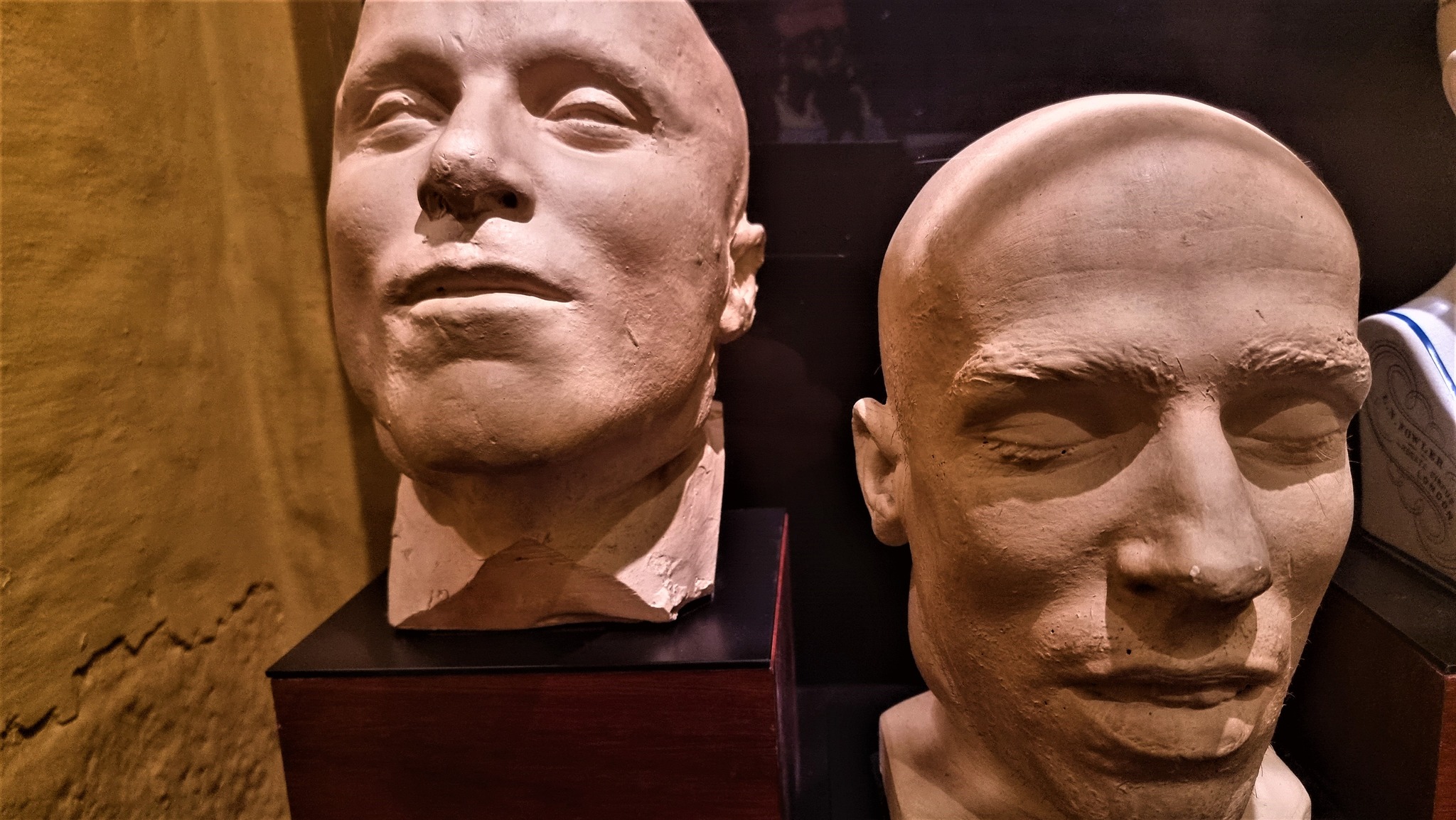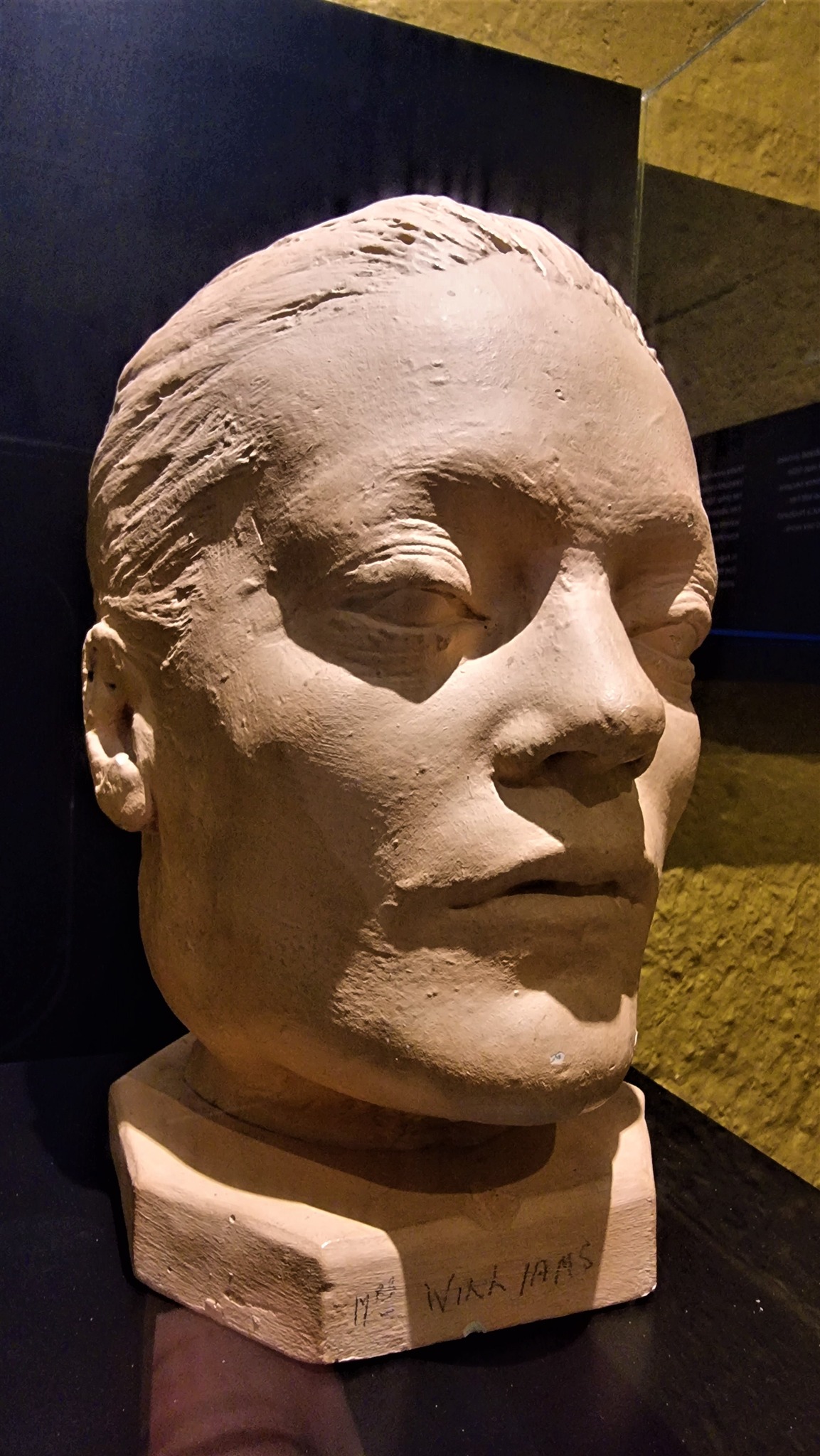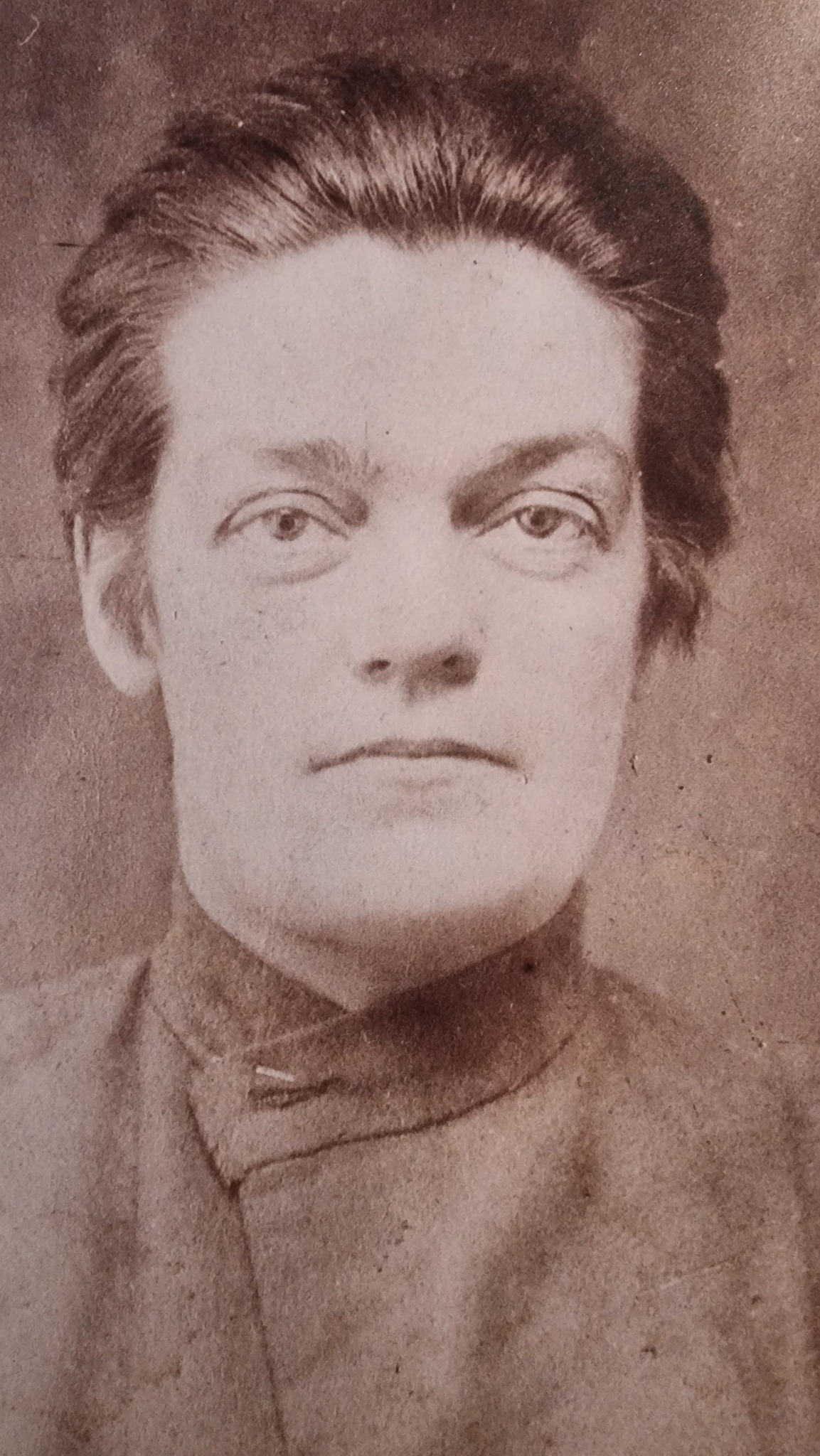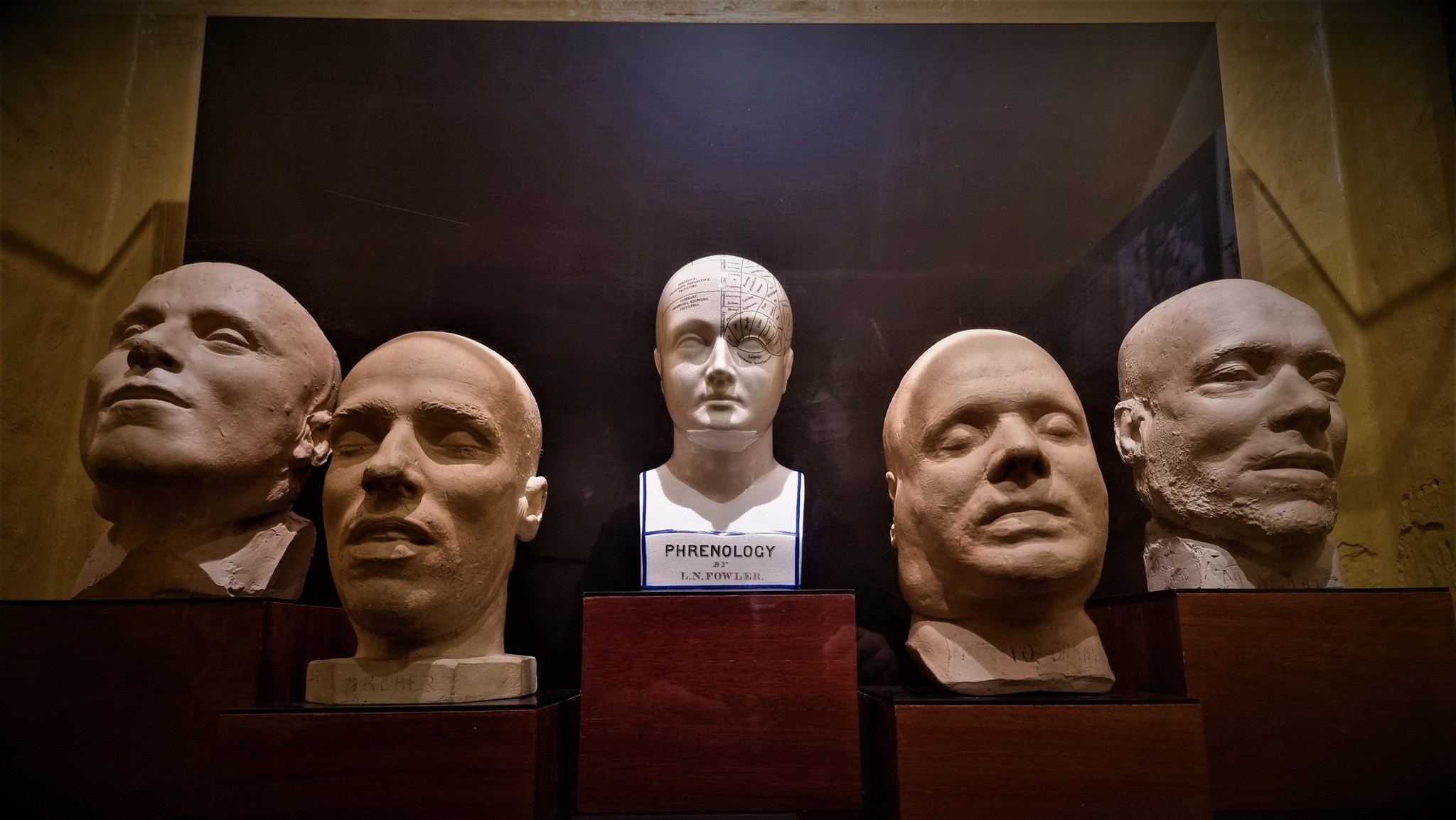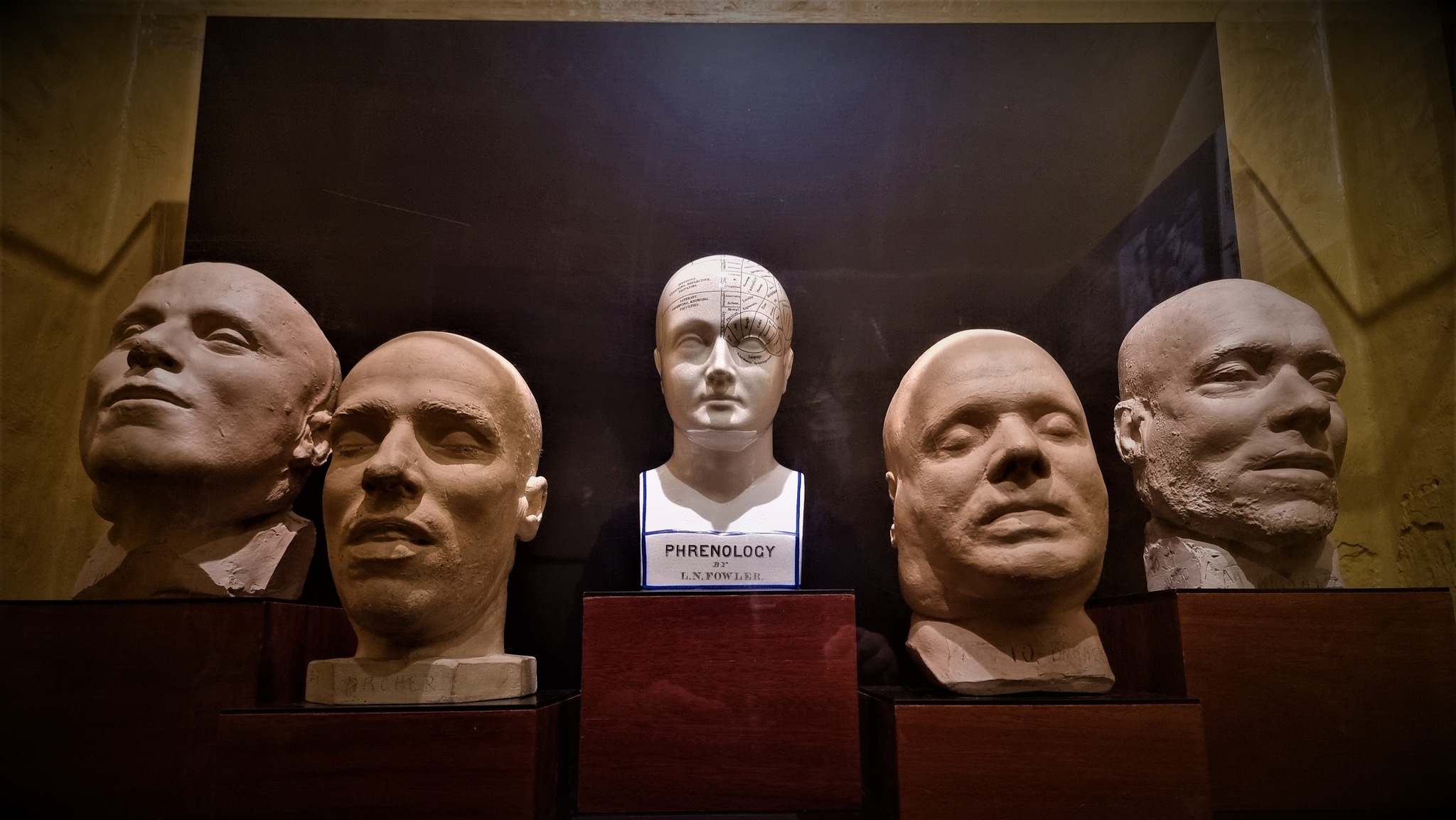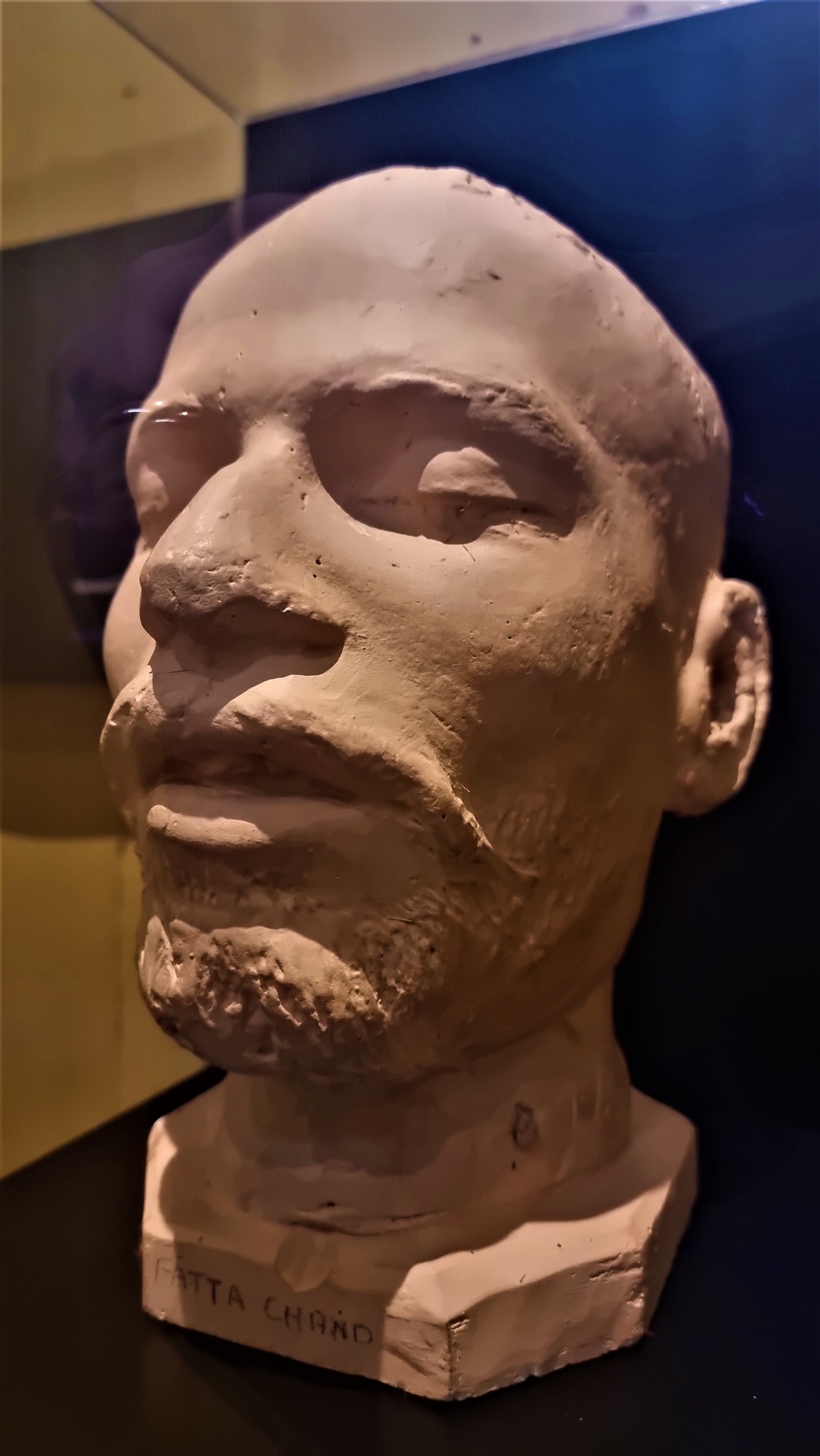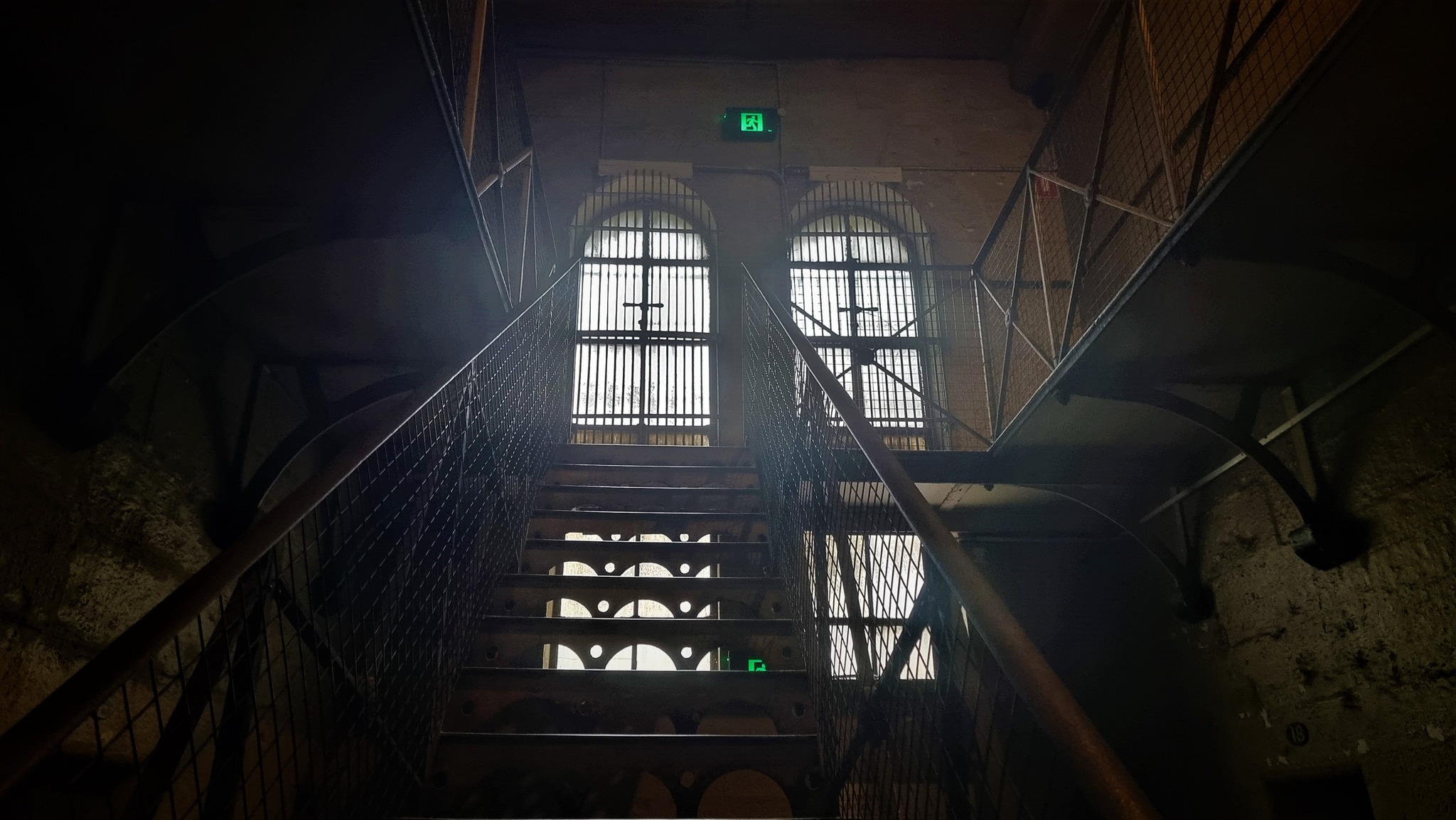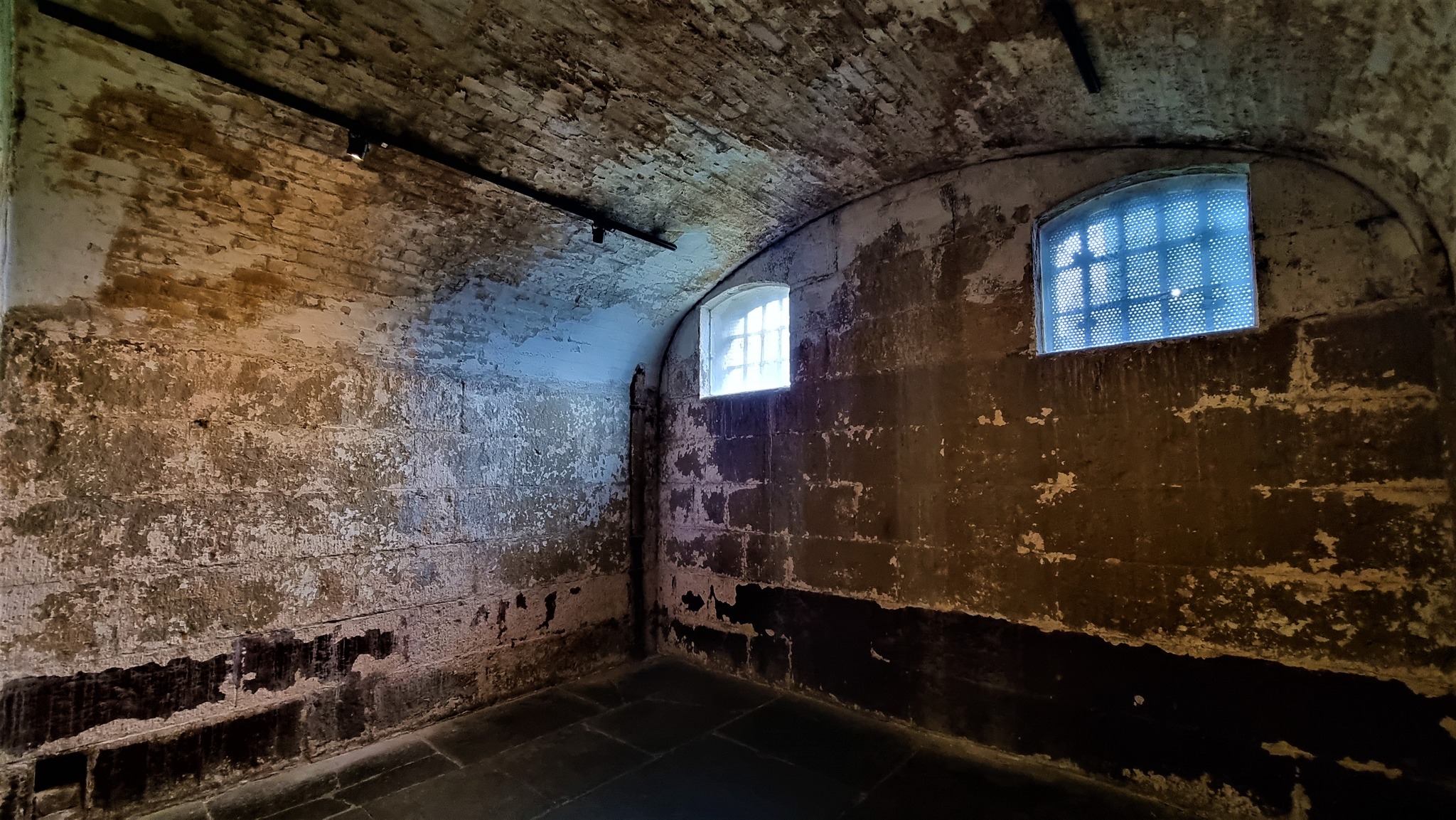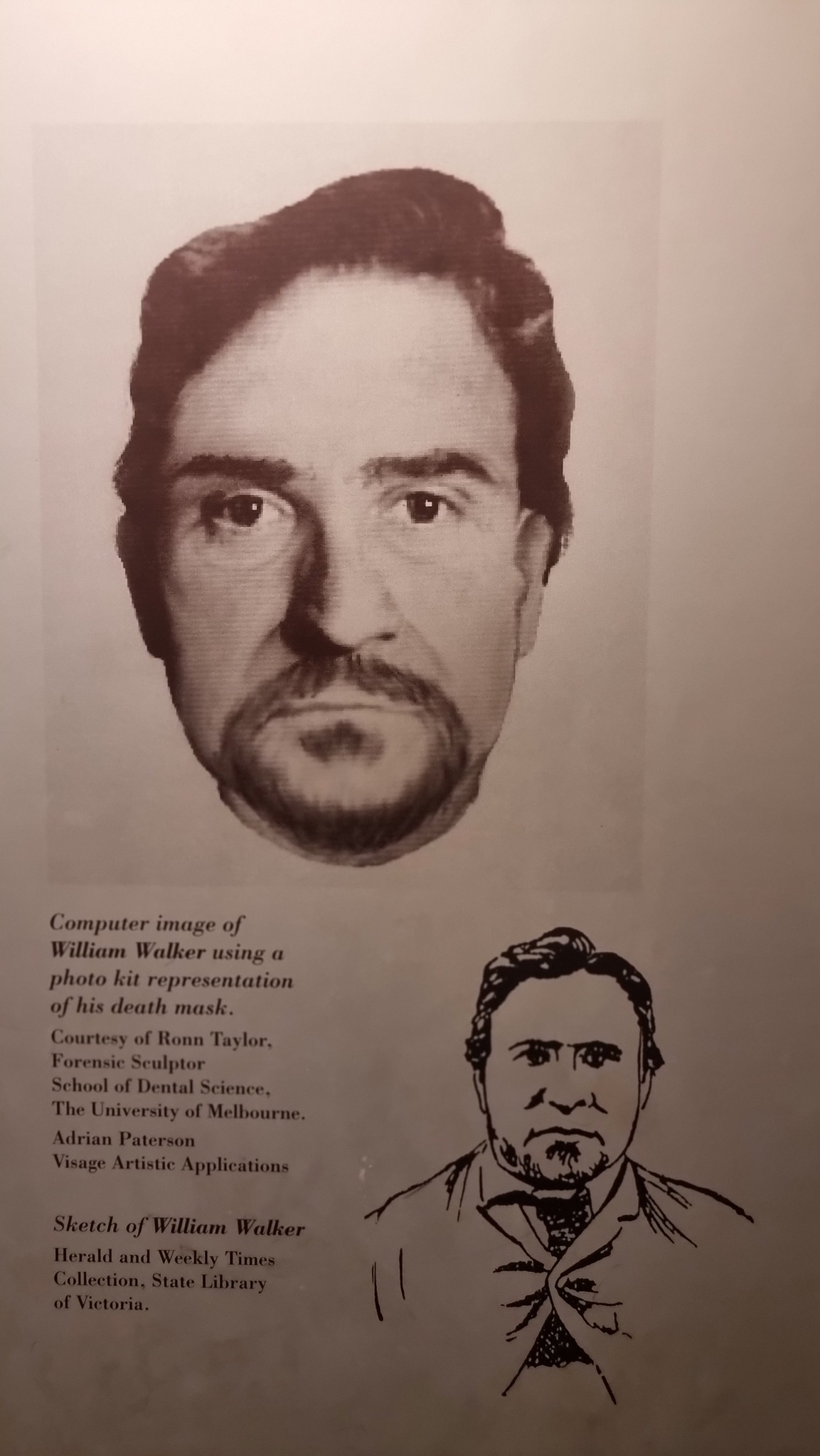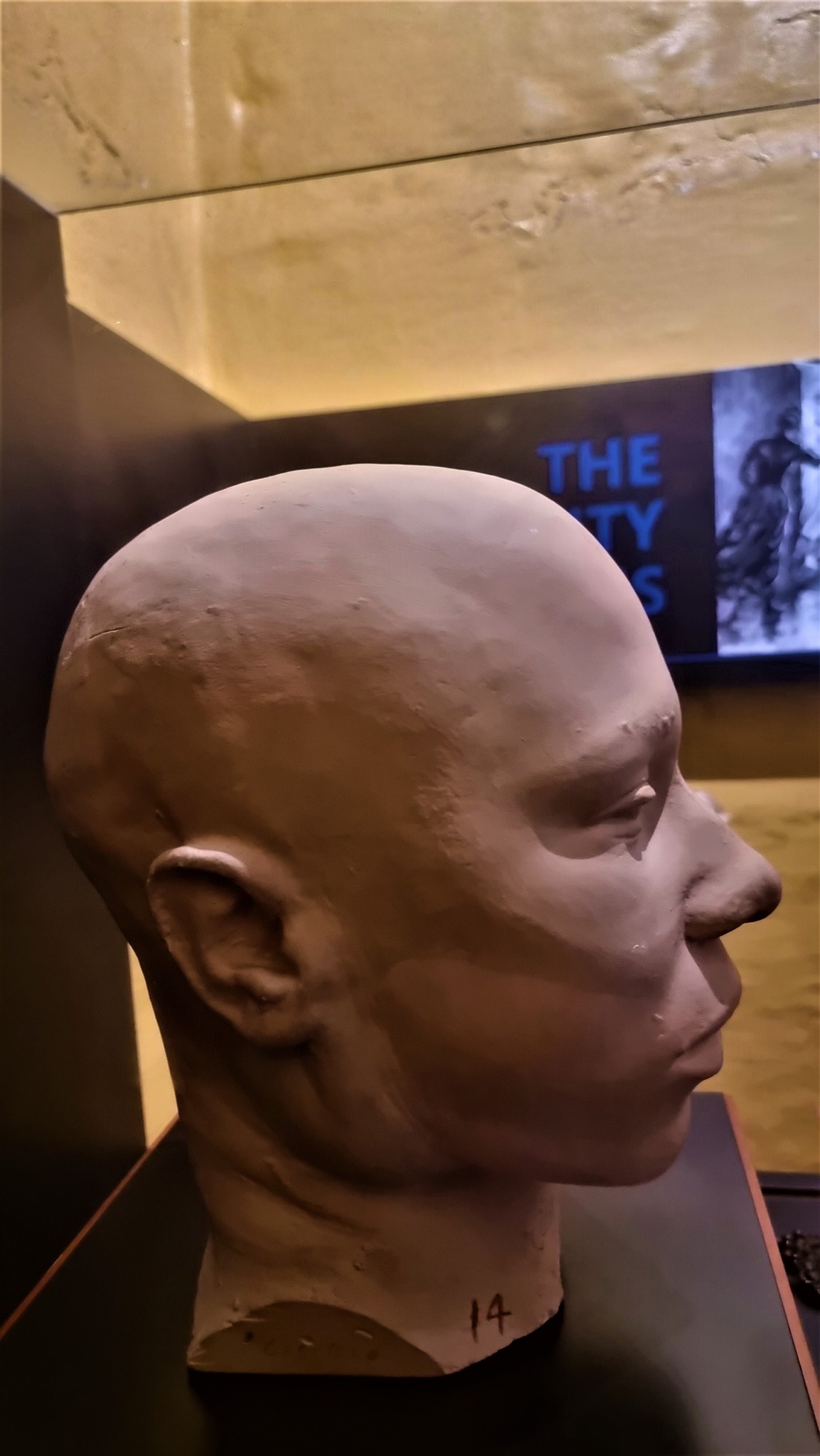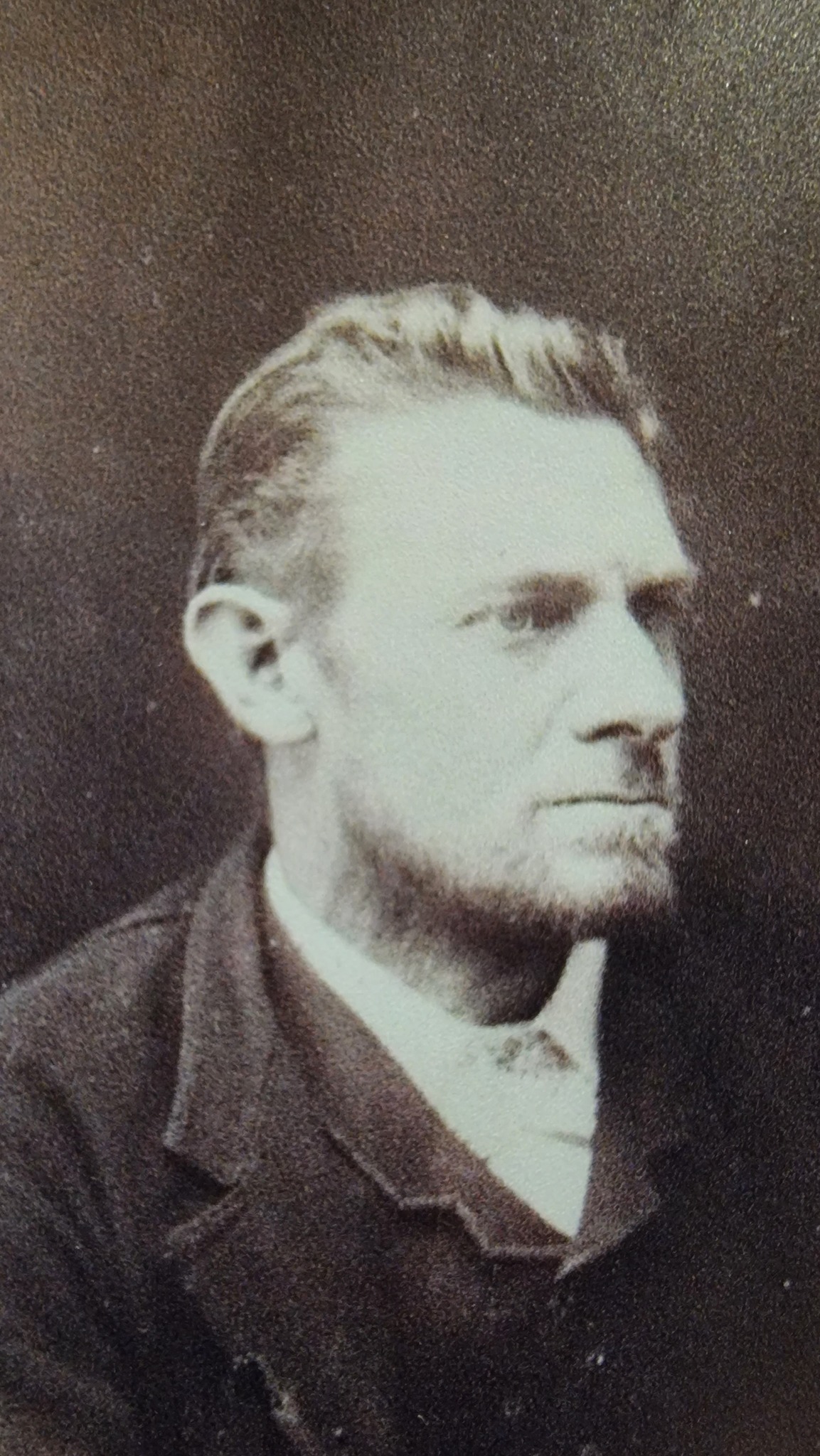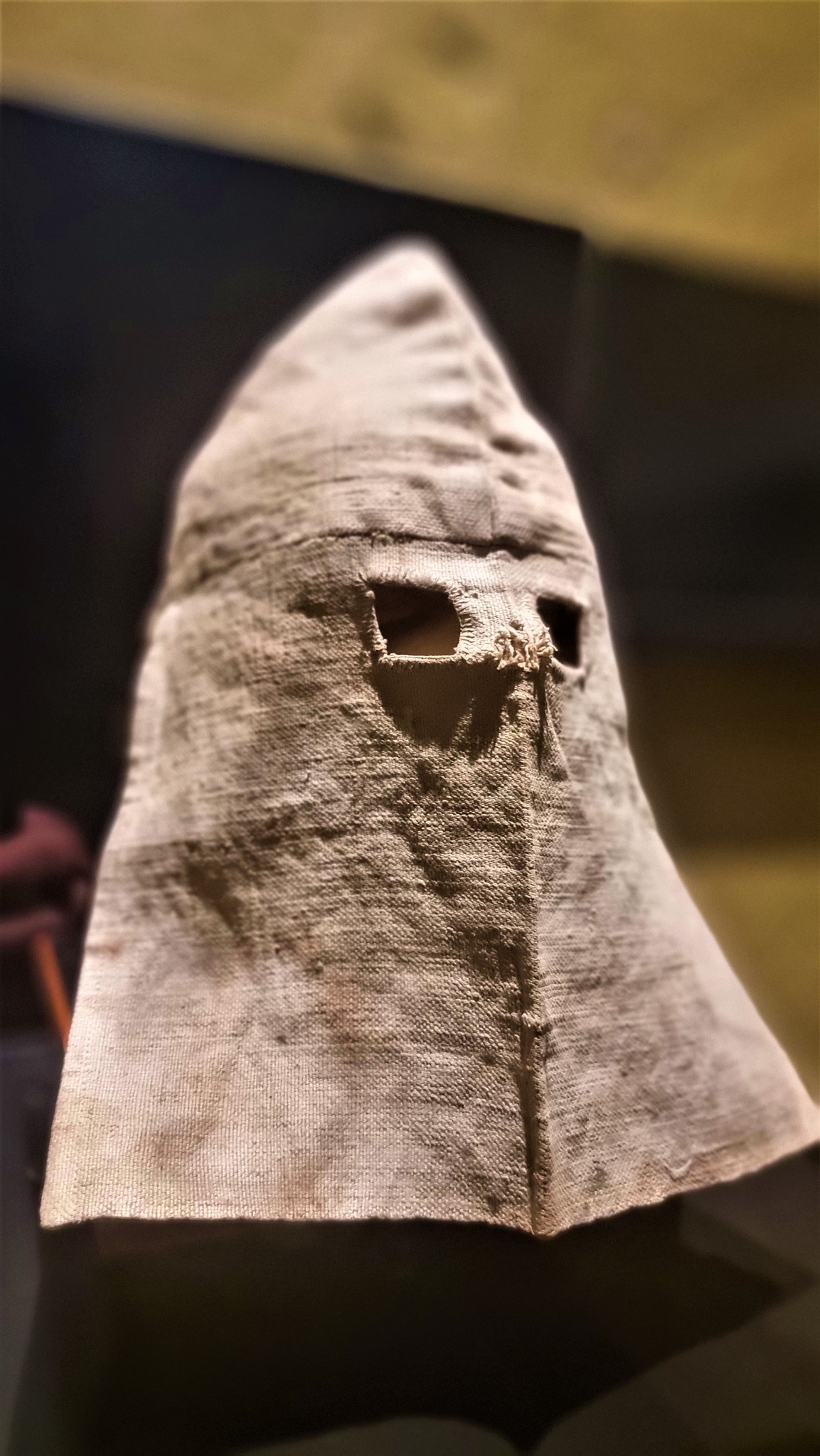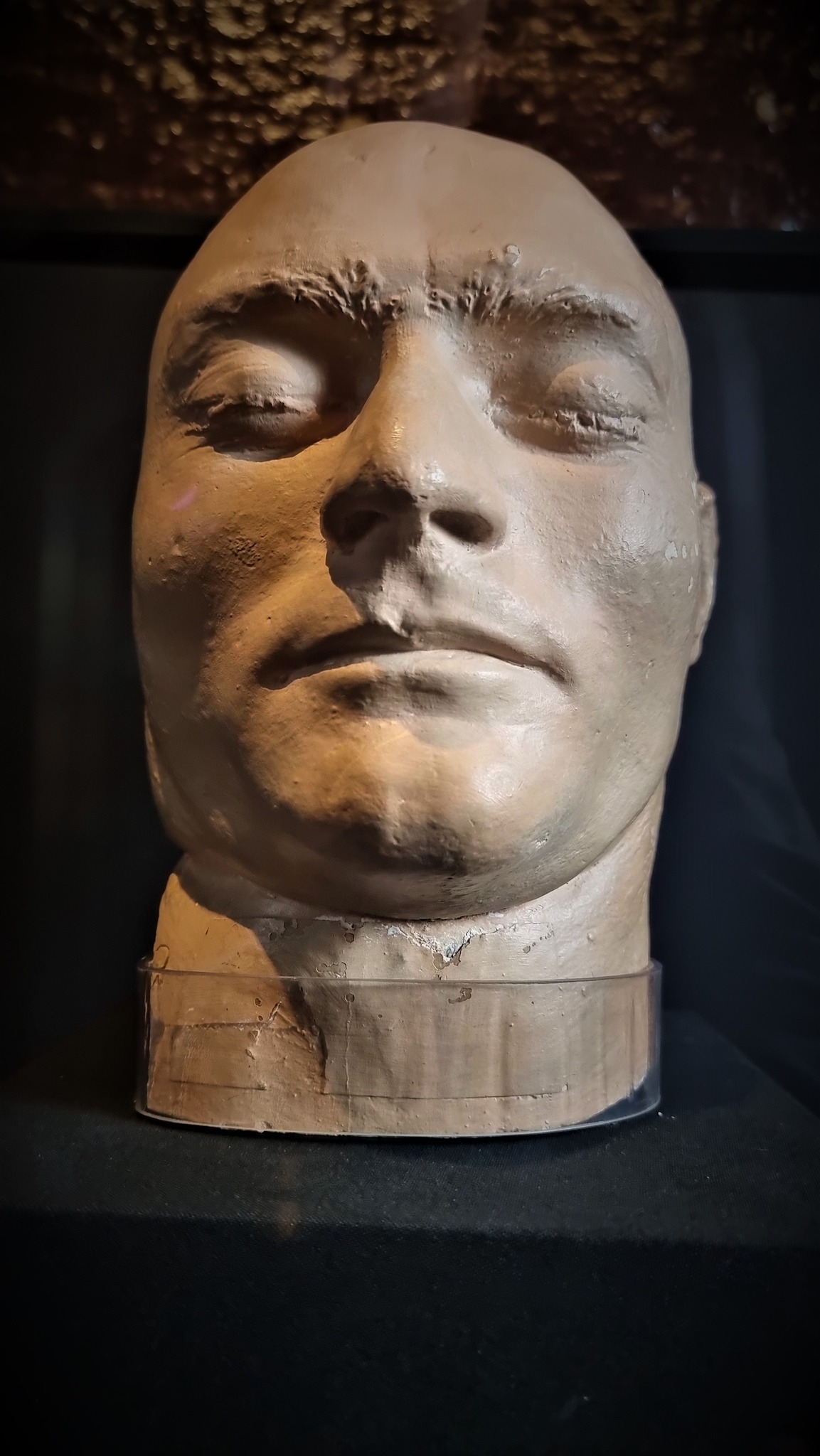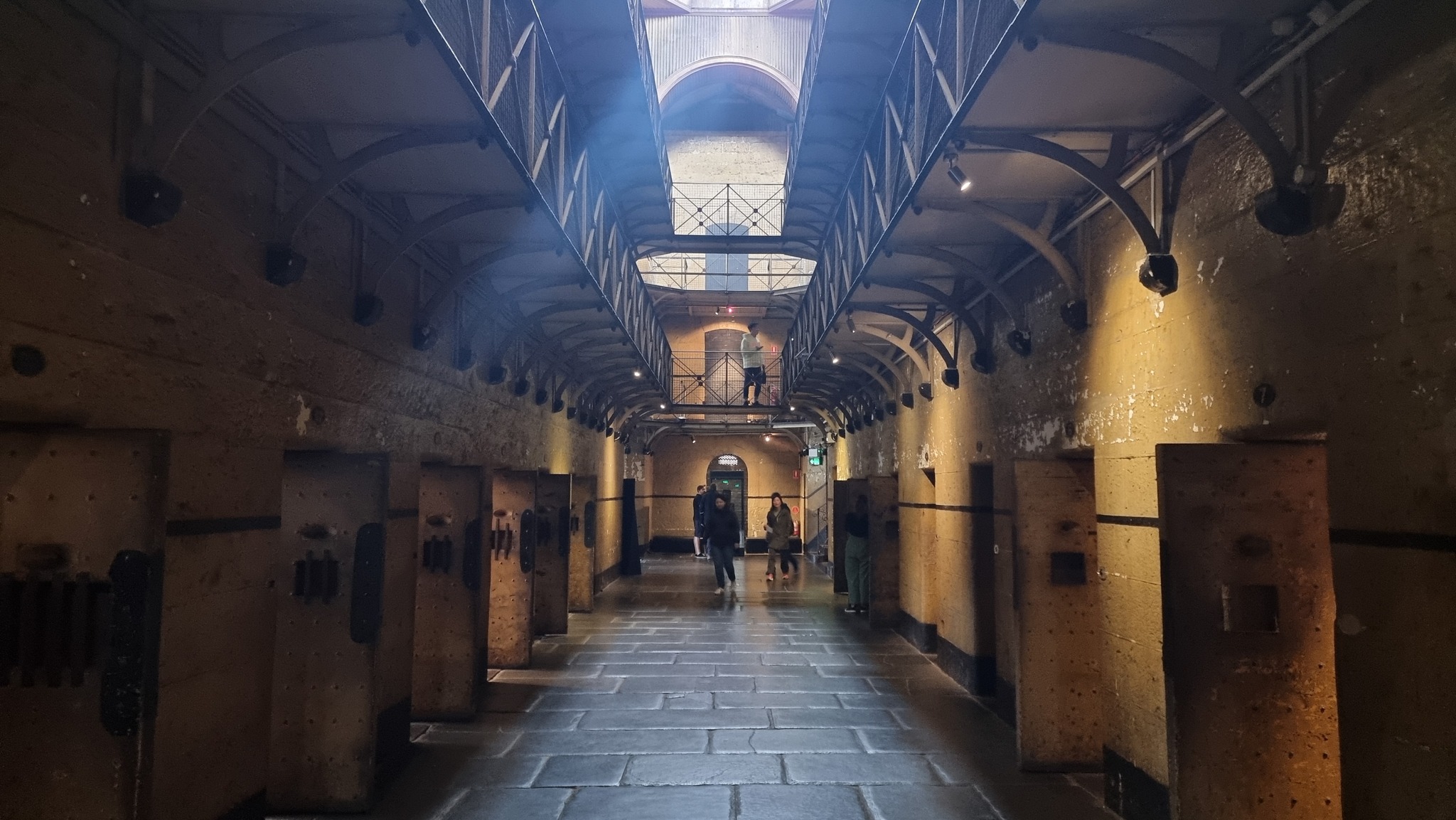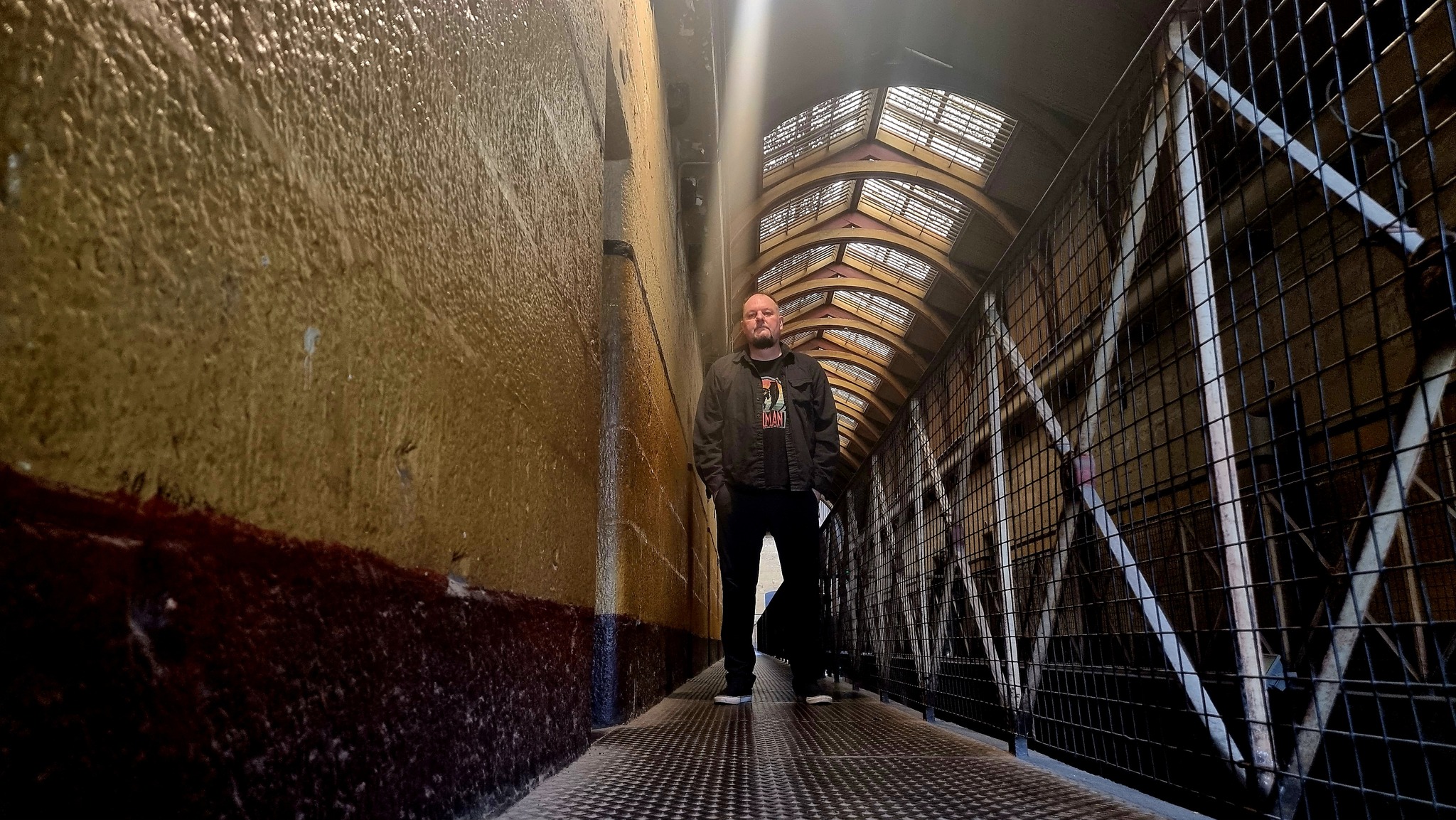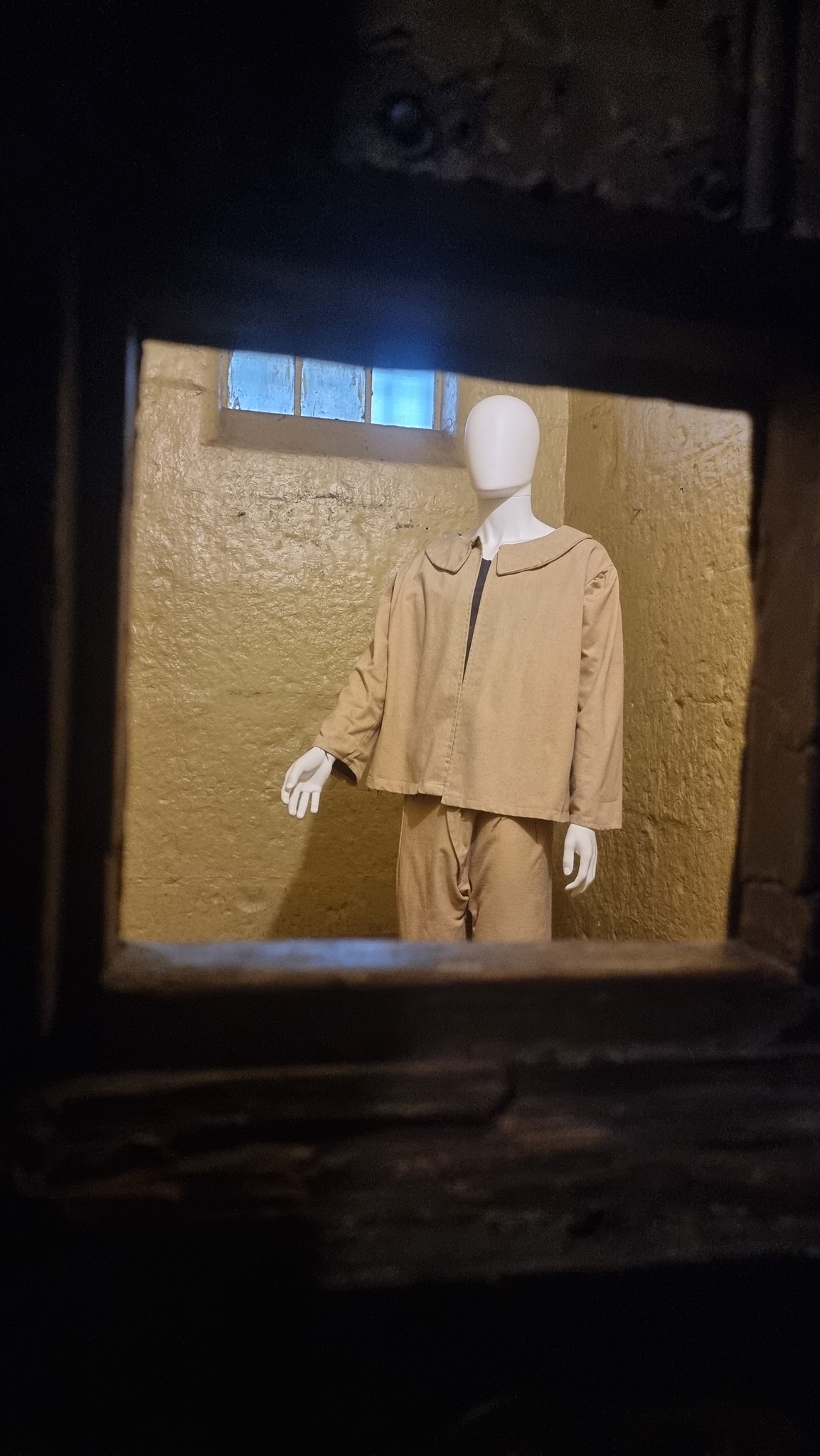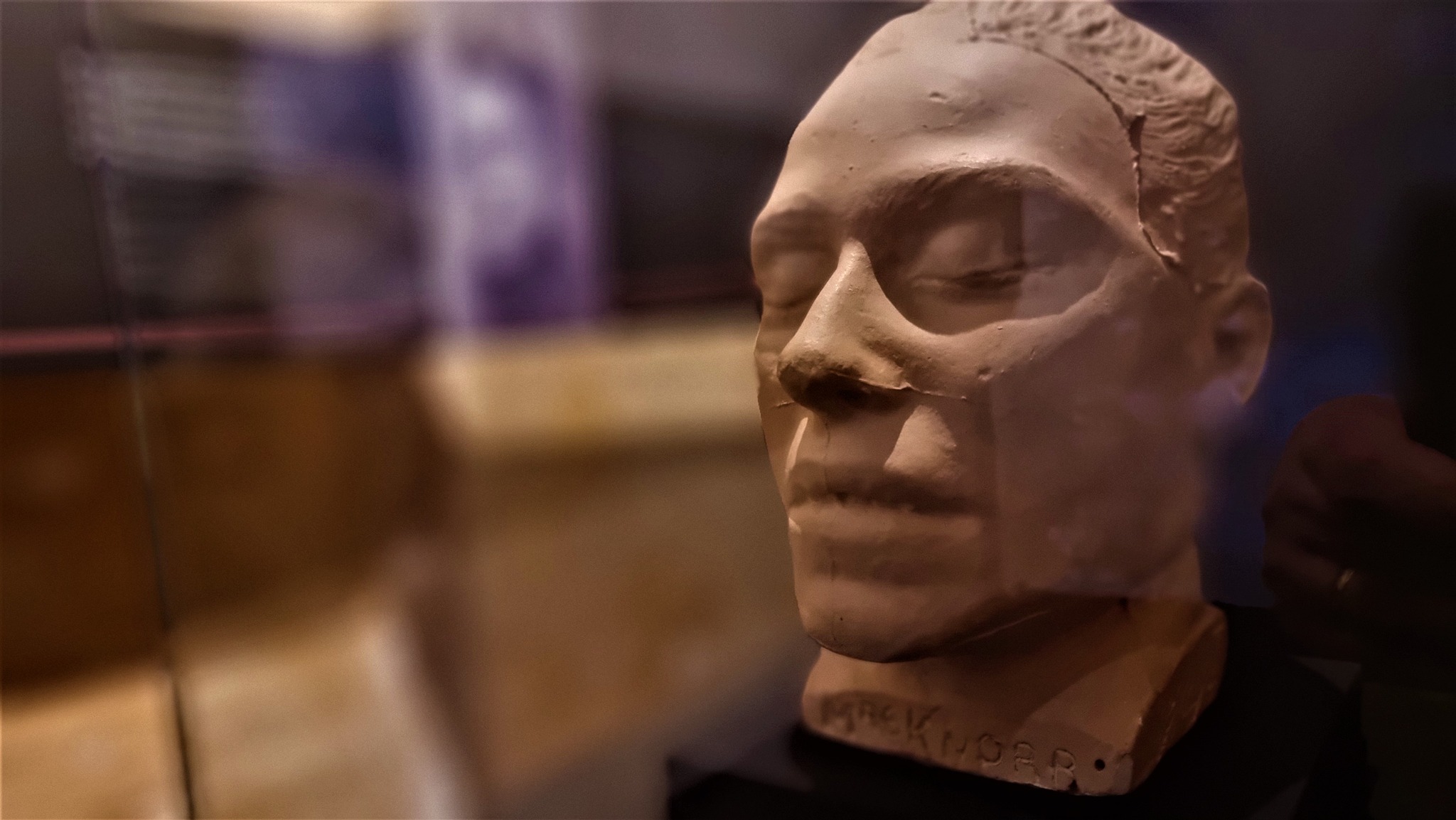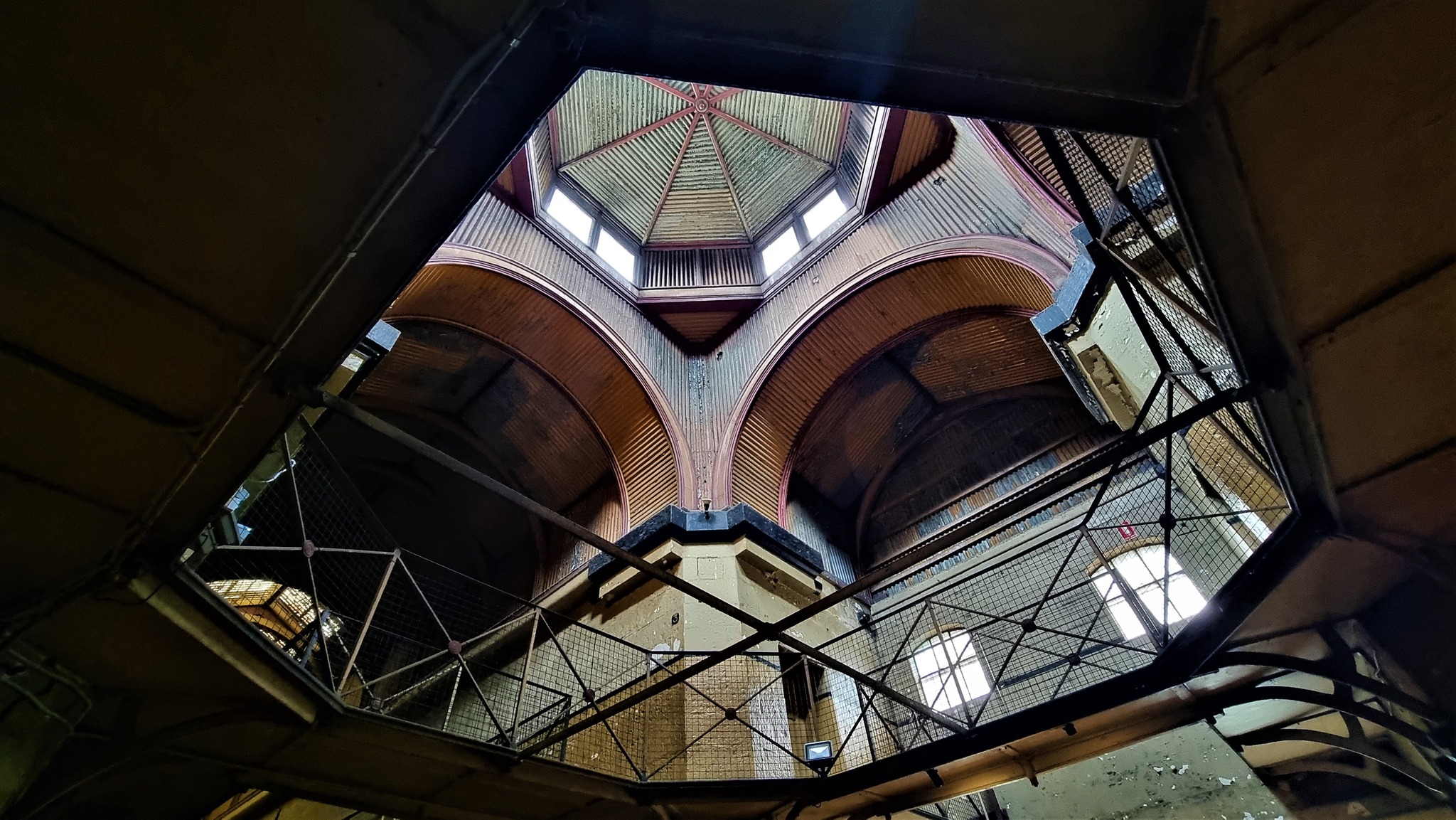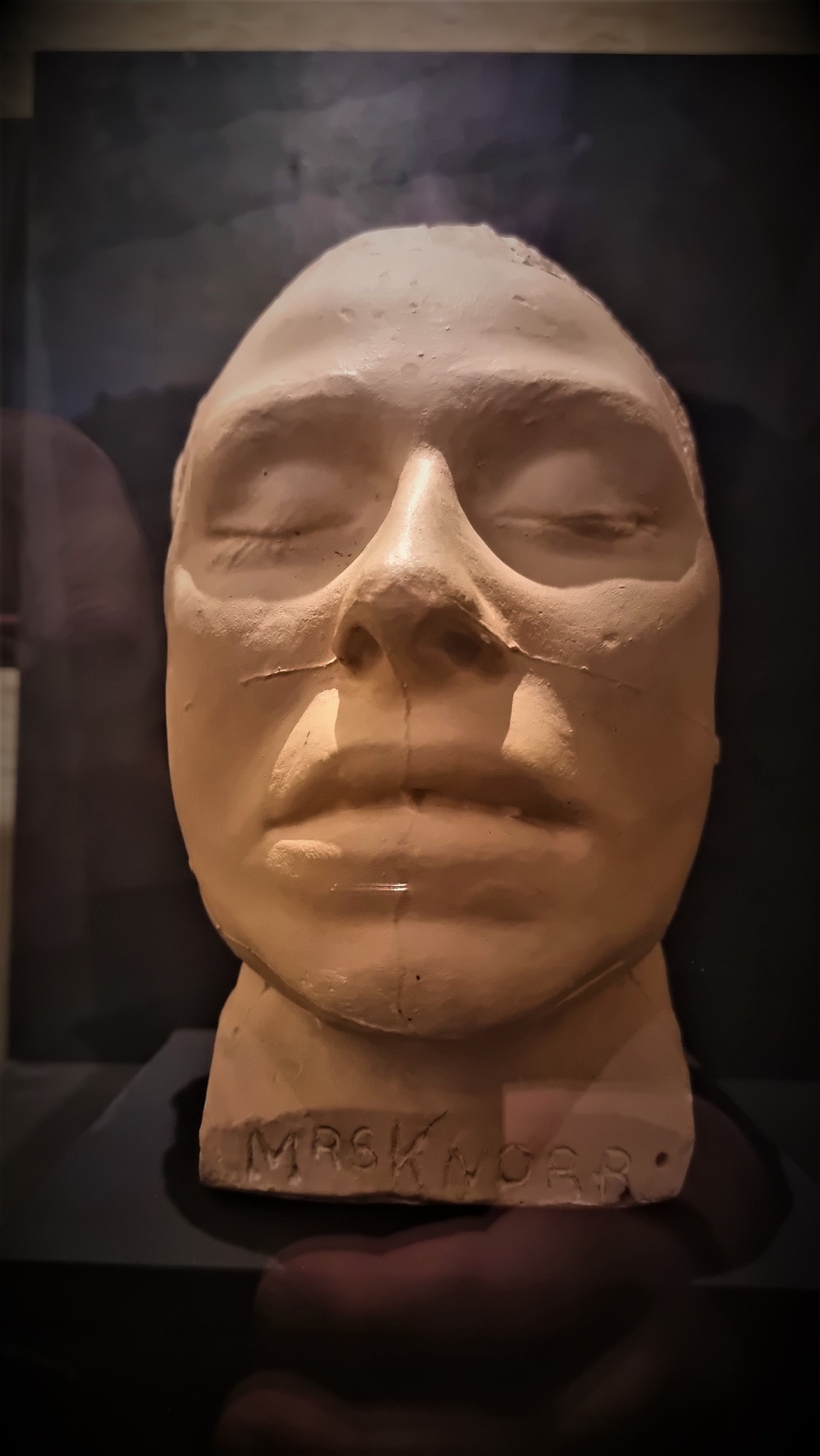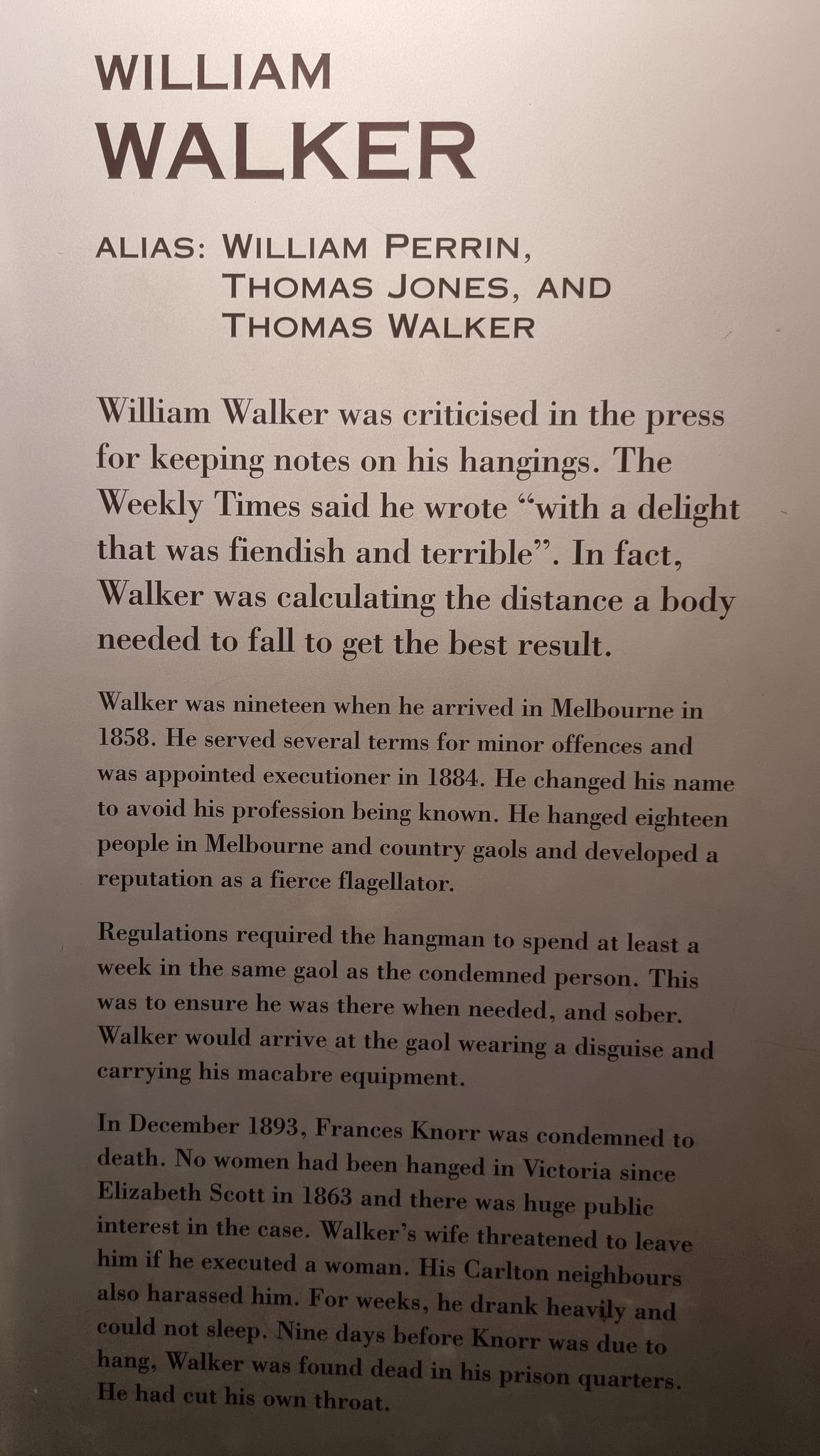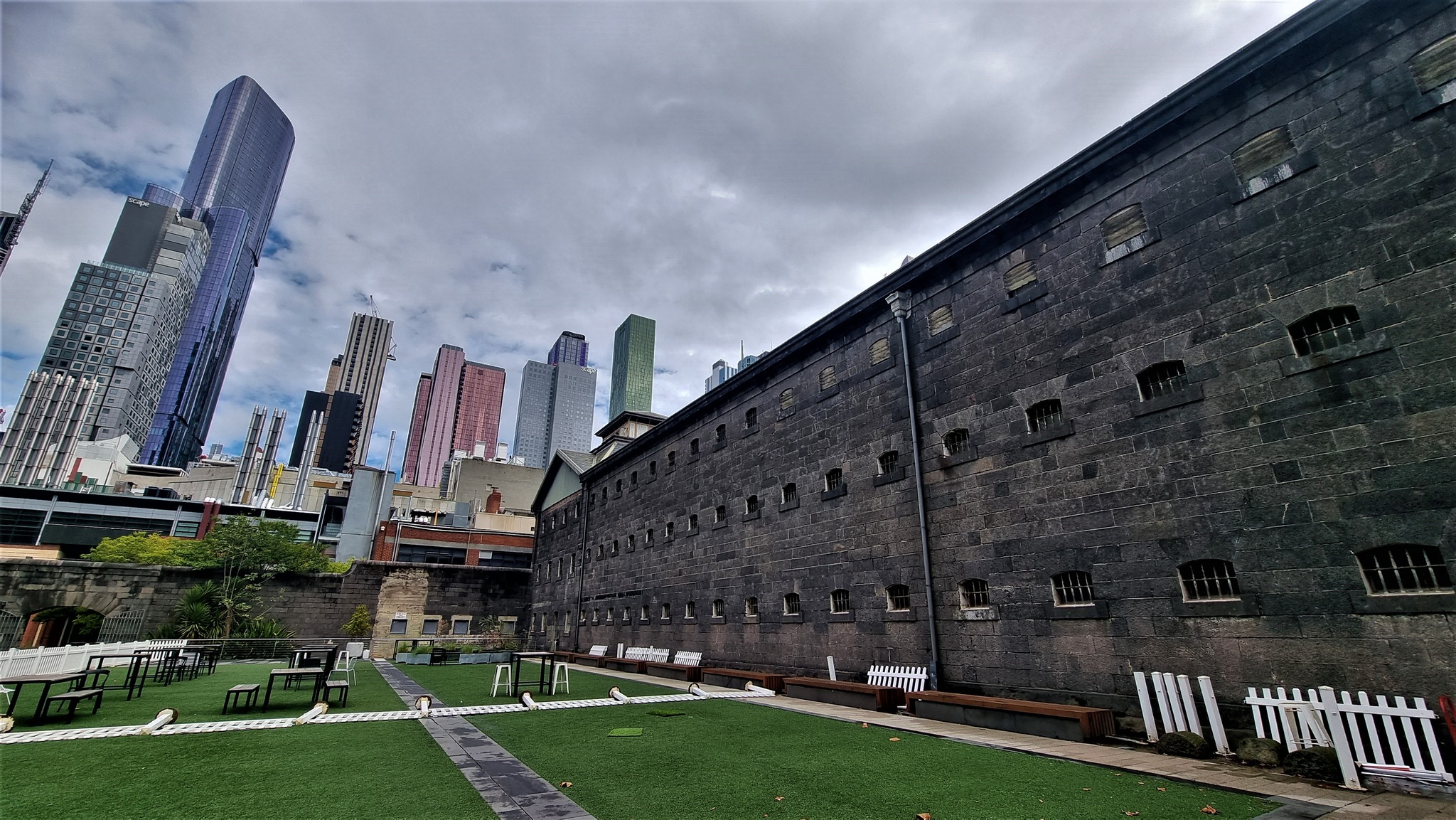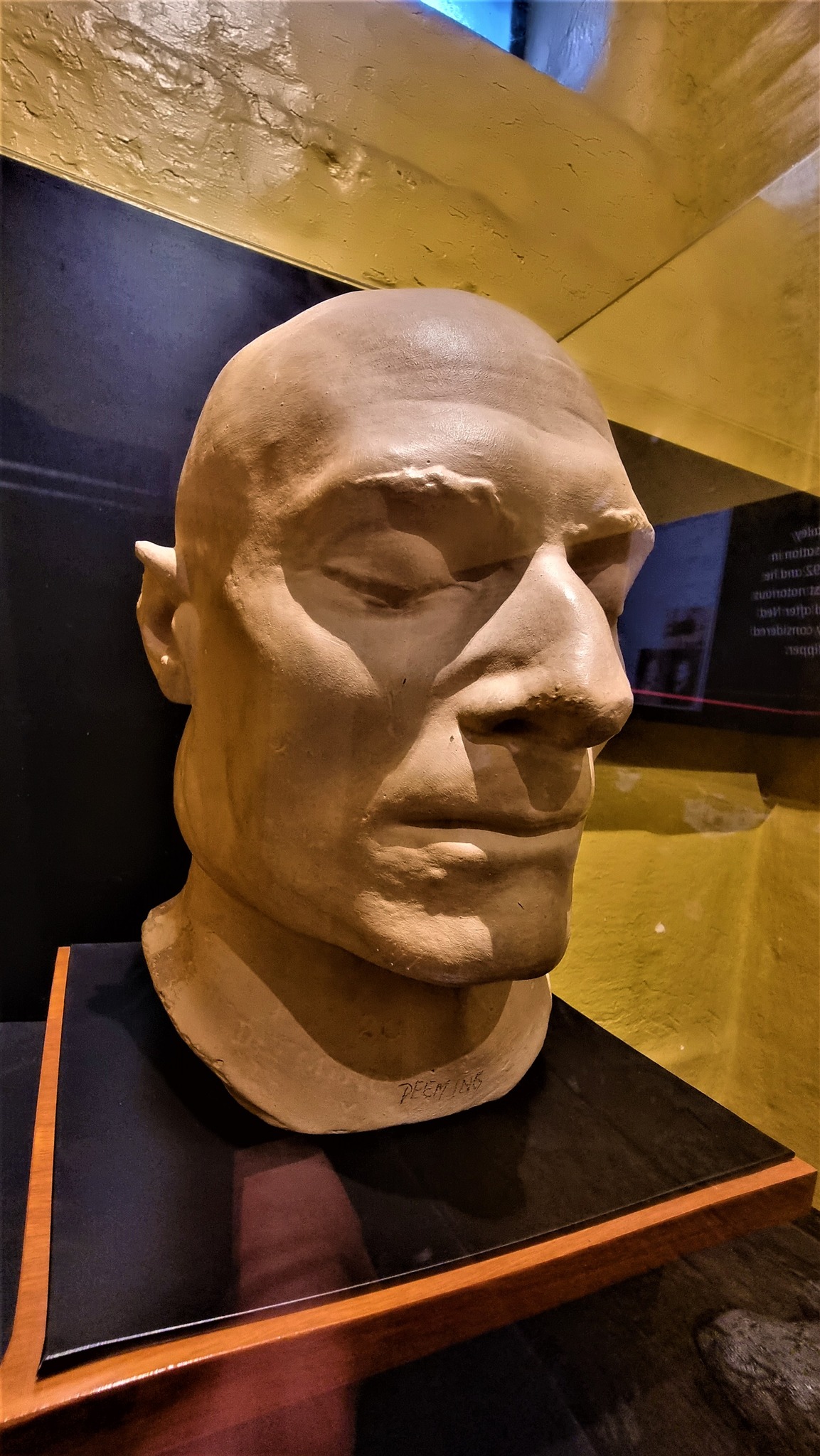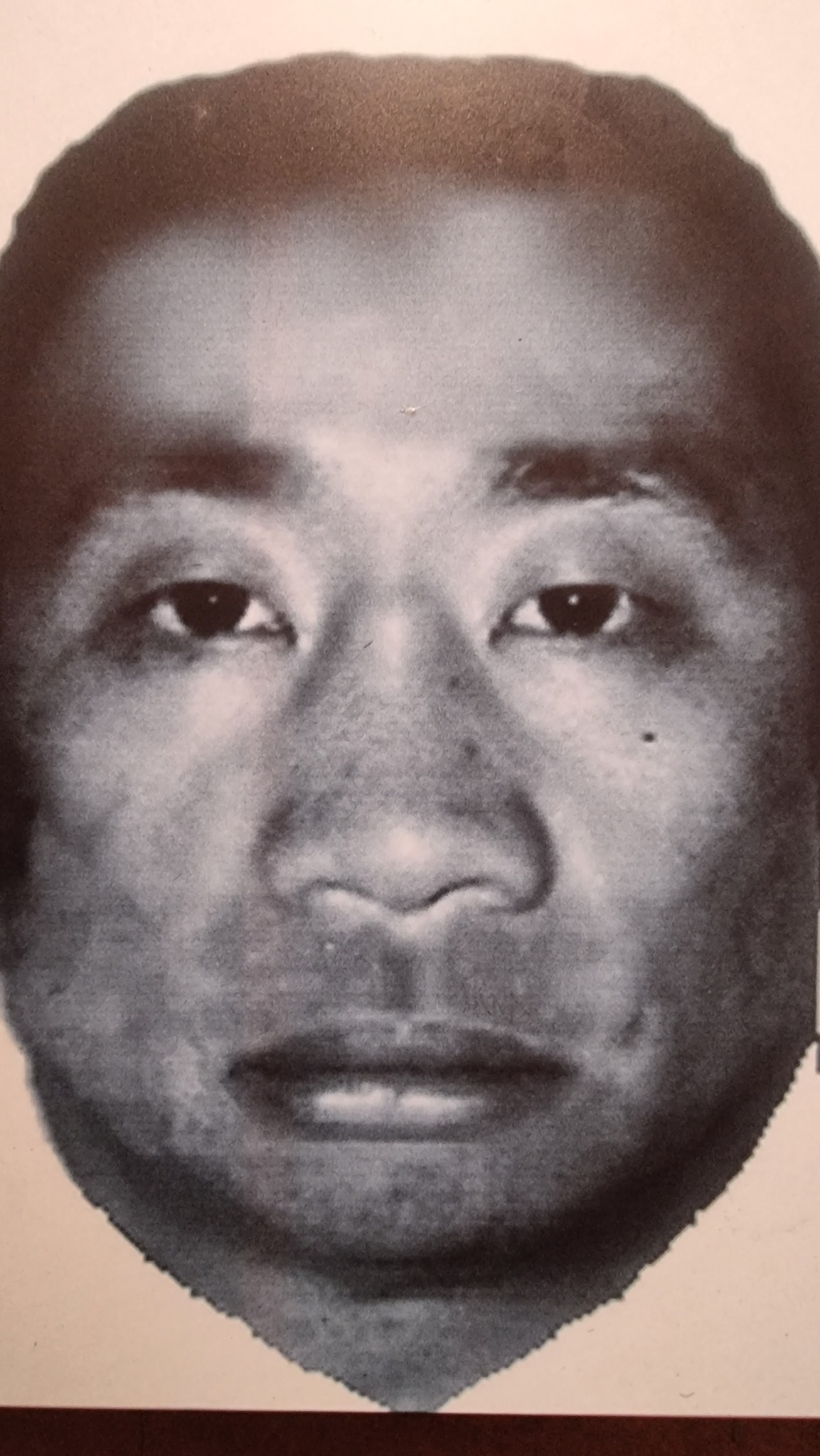Today we visited the Old Melbourne Gaol, an incredible building with a dark and brooding history.
The Old Melbourne Gaol is a former jail, constructed starting in 1839, and during its operation as a prison between 1845 and 1924, it held and executed some of Australia’s most notorious criminals.
During its operation, the gaol was the setting for 133 hangings. The most infamous was that of bushranger Ned Kelly at the age of 25, on 11 November 1880. After a two-day trial, Kelly was convicted of killing a police officer. As stated by law at the time, executed prisoners were buried in unmarked graves in the gaol burial yard. Before burial, a death mask was produced from the executed prisoner’s head as part of the phrenological study of hanged felons. Though it was used briefly during World War II, it formally ceased operating as a prison in 1924, with parts of the jail being incorporated into the RMIT University, and the rest becoming a museum.
The three-storey museum displays information and memorabilia of the prisoners and staff, including death masks of the executed criminals. At one time, the museum displayed what was believed at the time to be Ned Kelly’s skull, before it was stolen in 1978; as well as the pencil used by wrongly convicted Colin Campbell Ross to protest his innocence in writing, before being executed.
The design was based on that of British prison engineer Joshua Jebb, and especially the designs for the Pentonville Model Prison in London (which suited the current prison reform theories at the time). The new wing was extended between 1857 and 1859, with the boundary wall also being extended during this time. In 1860, a new north wing was built, which included entrance buildings, a central hall and a chapel. Between 1862 and 1864, a cell block was built for female prisoners on the western side.
During its operation, the gaol was used to house short-term prisoners, lunatics and some of the colony’s most notorious and hardened criminals. It also housed up to twenty children at a time – including those imprisoned for petty theft or vagrancy, or simply those staying with a convicted parent. Babies under twelve months old were allowed to be with their mothers. The youngest prisoner was recorded as three-year-old Michael Crimmins, who spent 6 months in the prison in 1857 for being idle and disorderly. In 1851, the 13 and 14-year-old O’Dowd sisters were imprisoned because they had nowhere else to go.
Prisoners convicted of serious crimes, such as murder, arson, burglary, rape and shooting, would begin their time on the ground floor with a time of solitary confinement. They were also forbidden from communicating with other prisoners, which was strictly enforced by the usage of a silence mask, or calico hood, when outside their cells.
Here are a few photos to look at in the dark before bed…..


